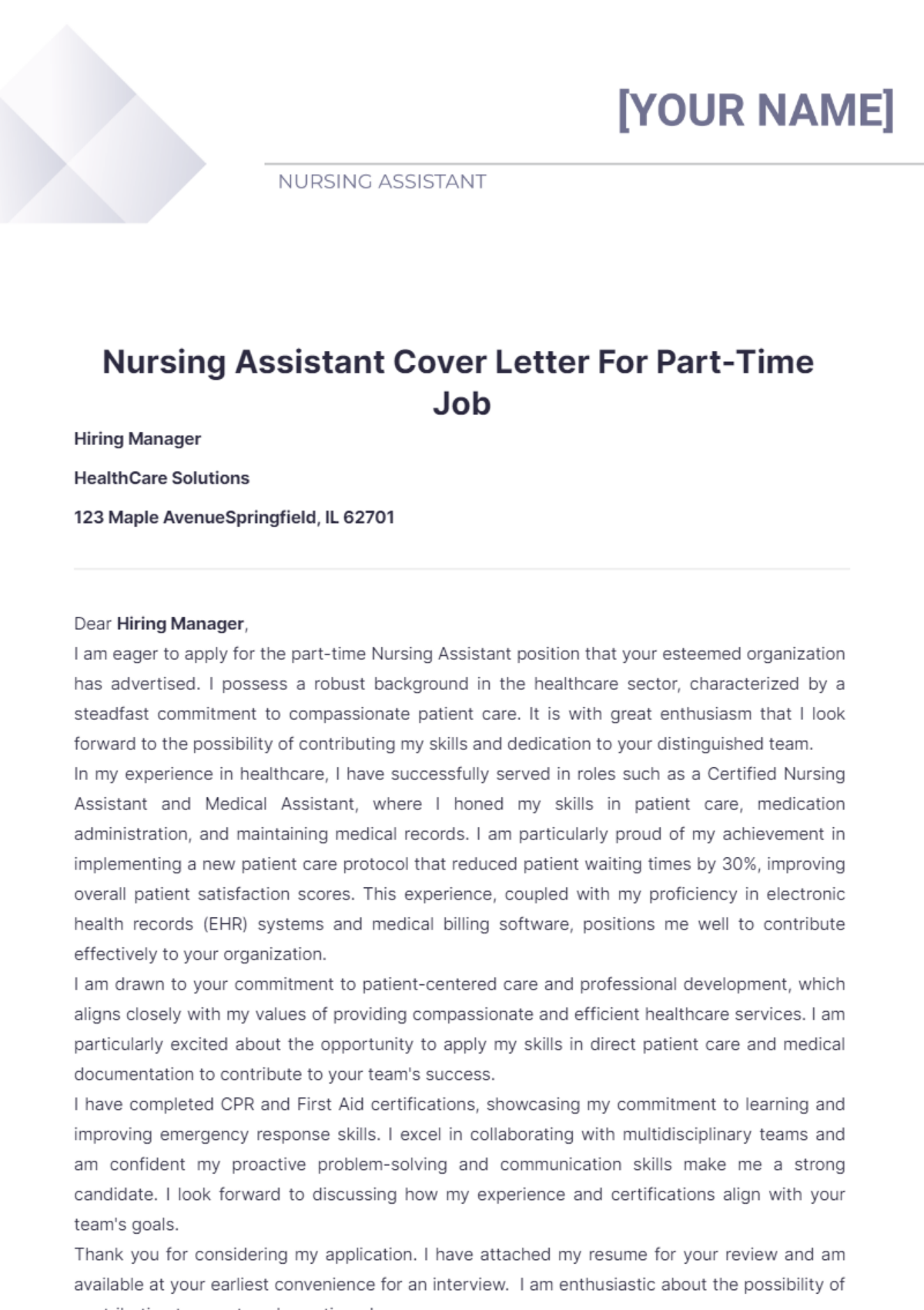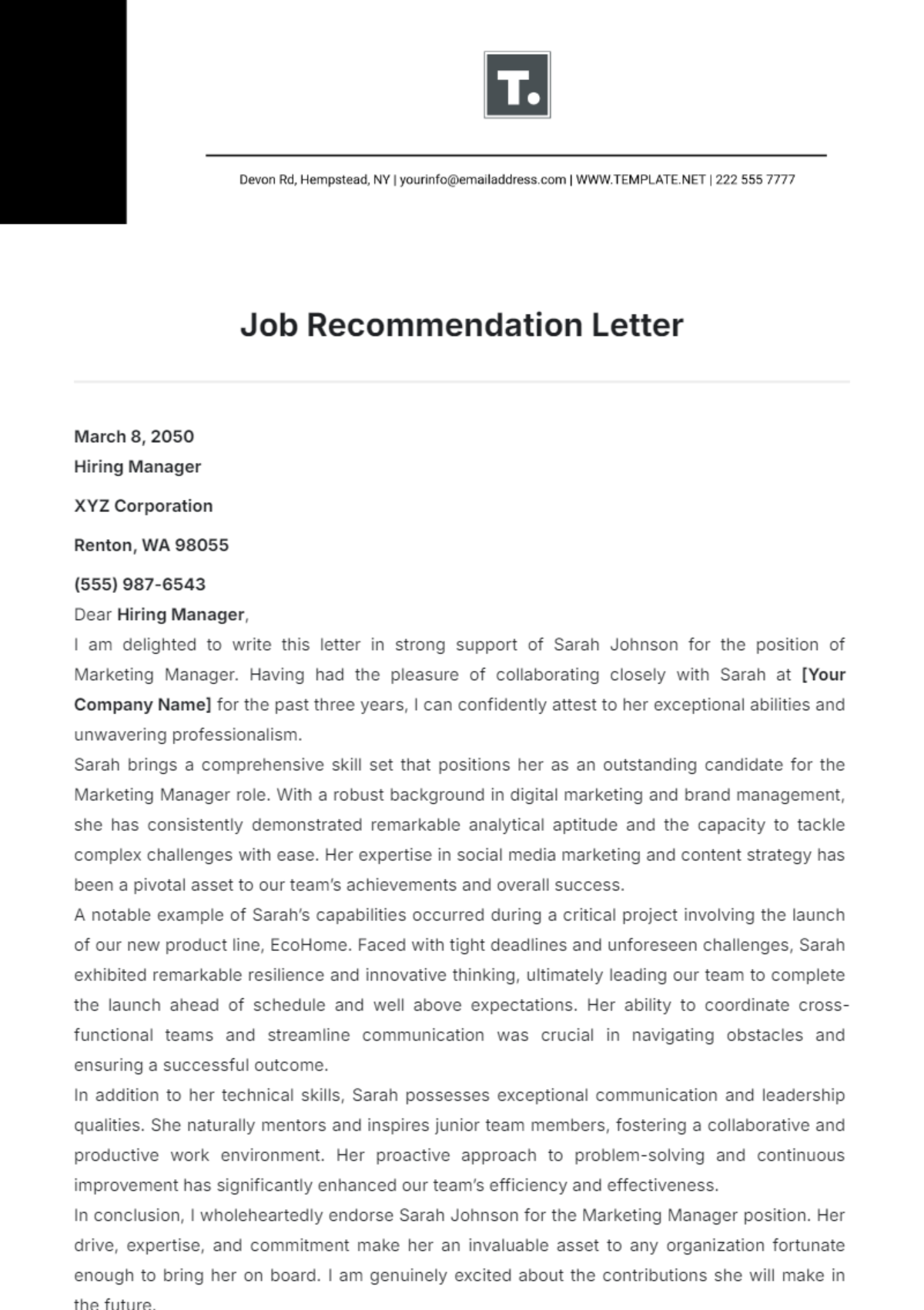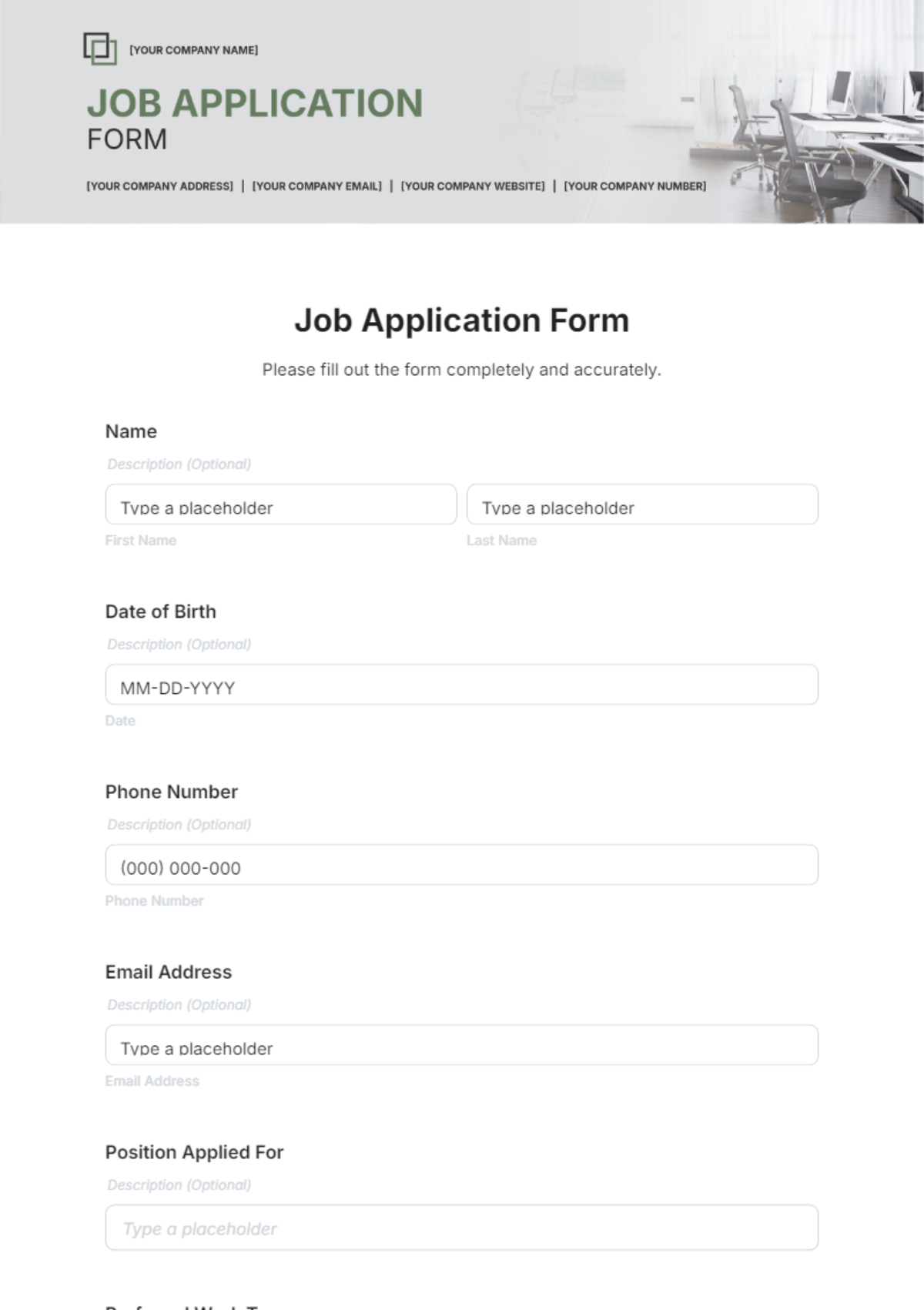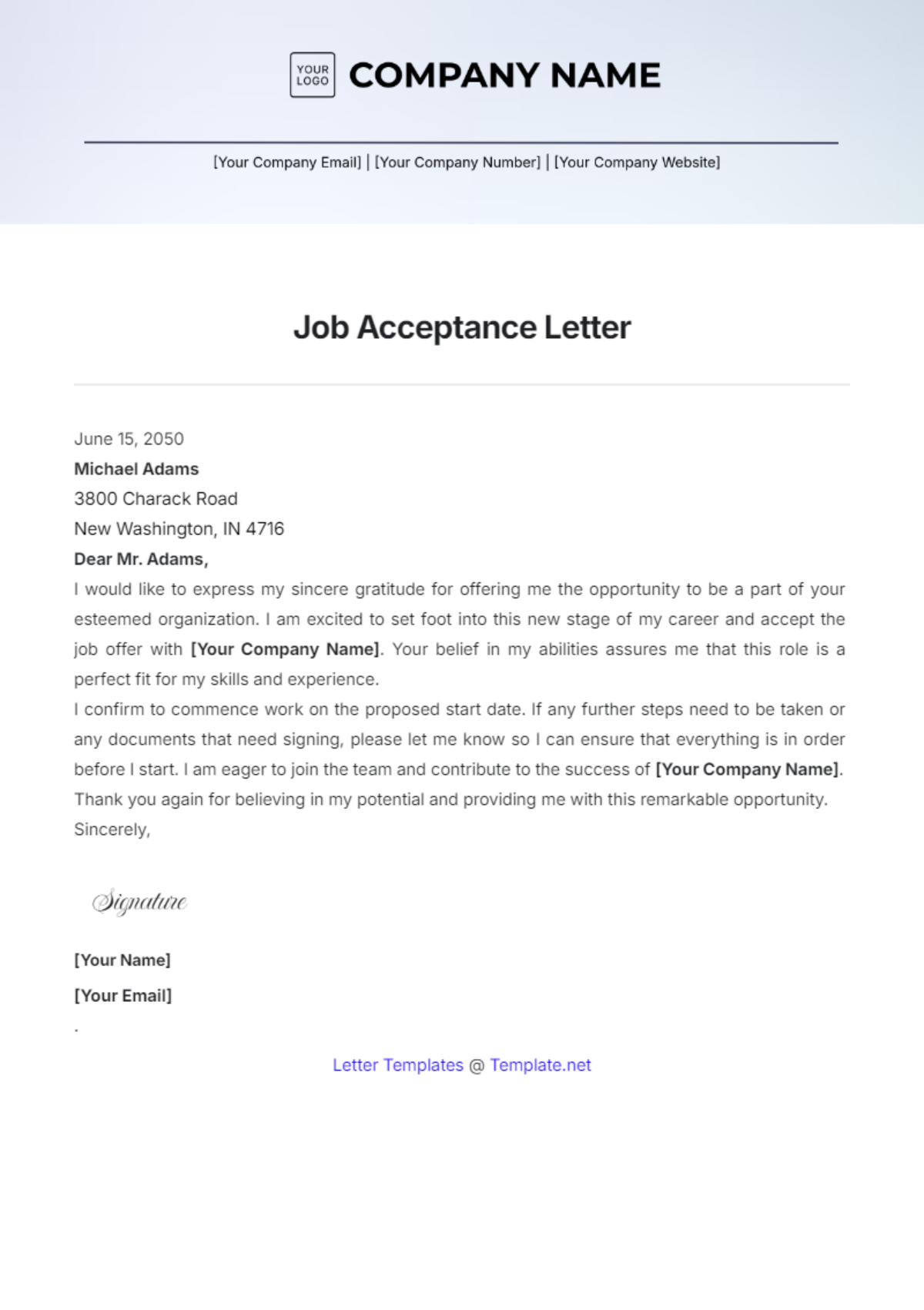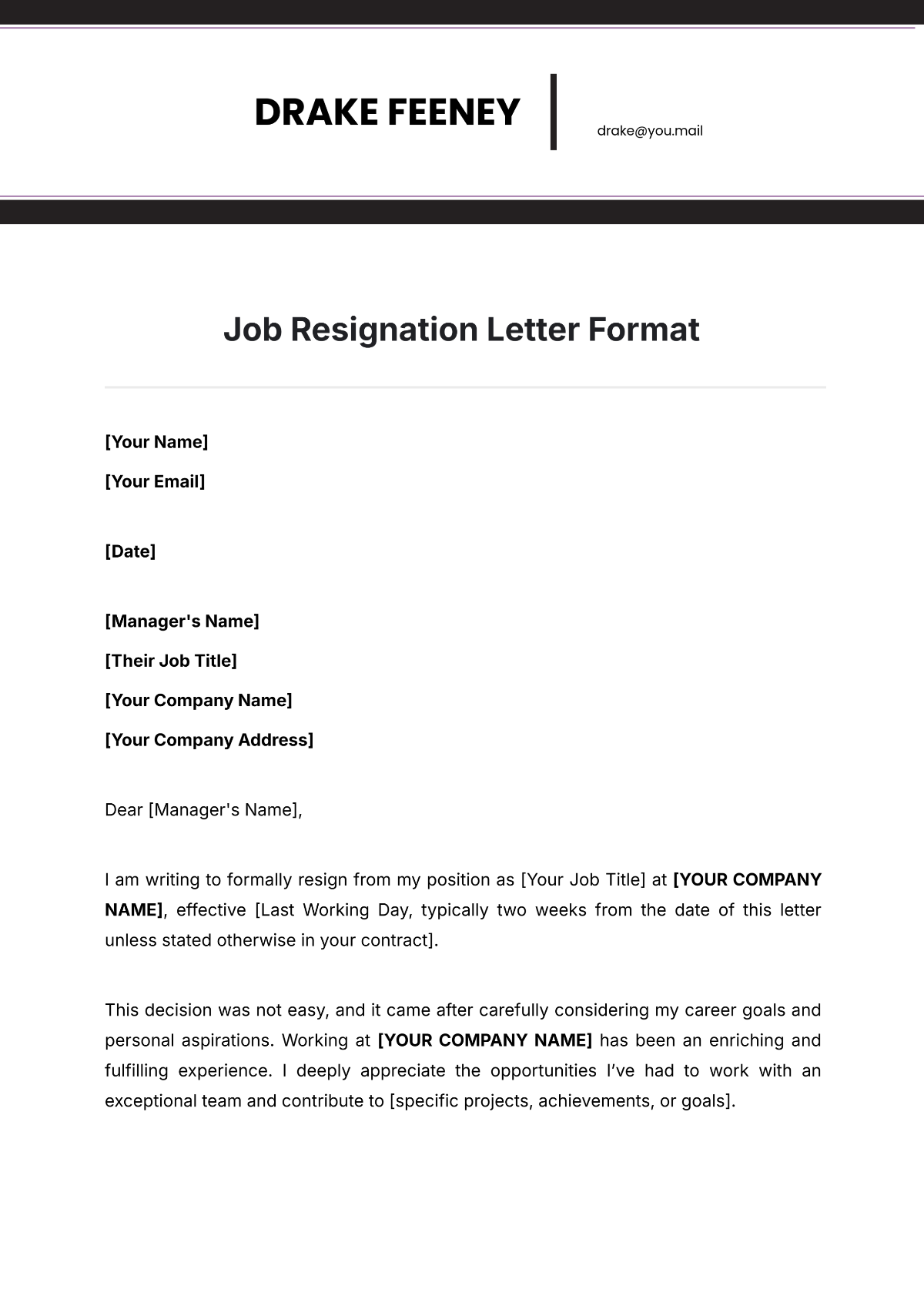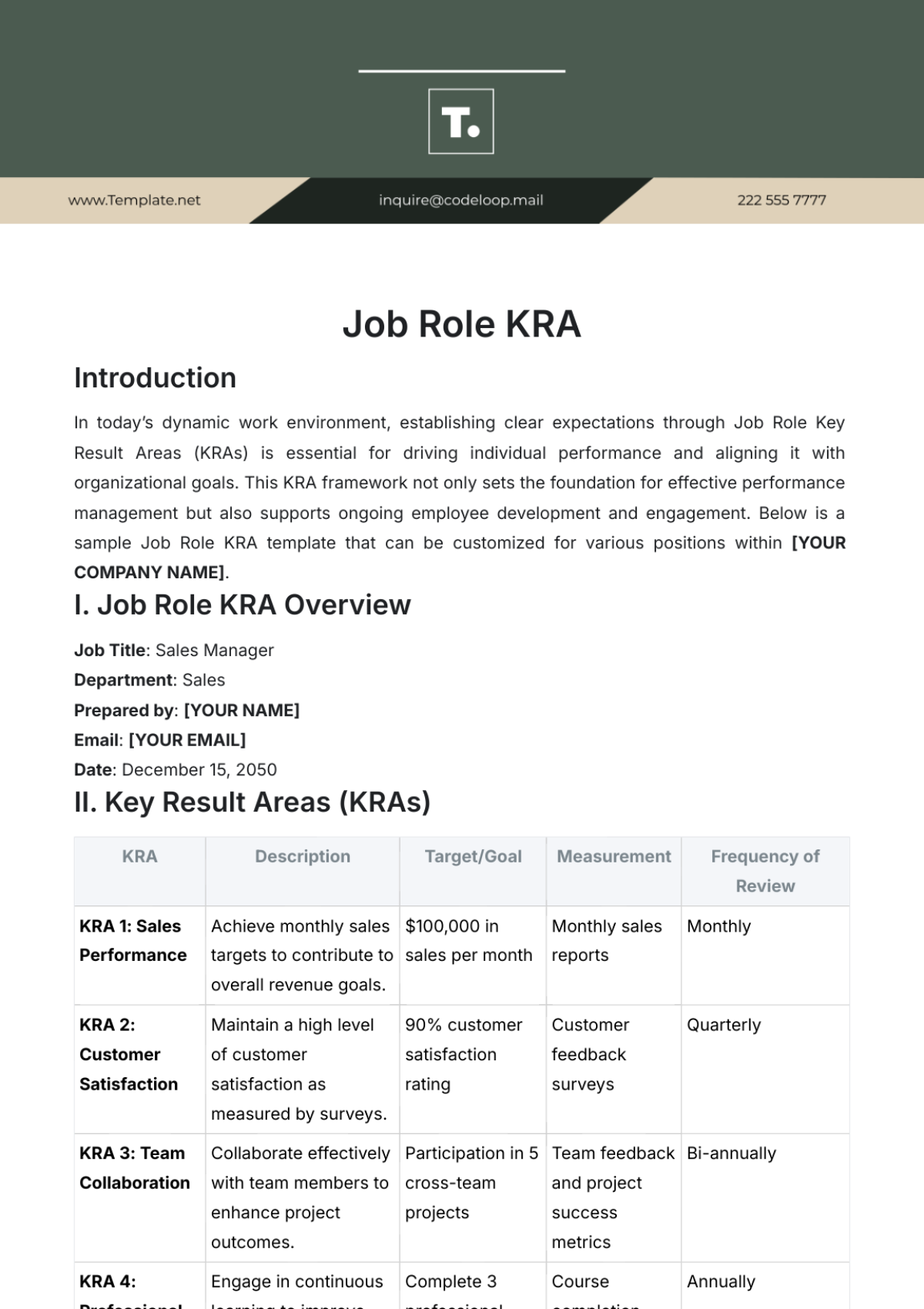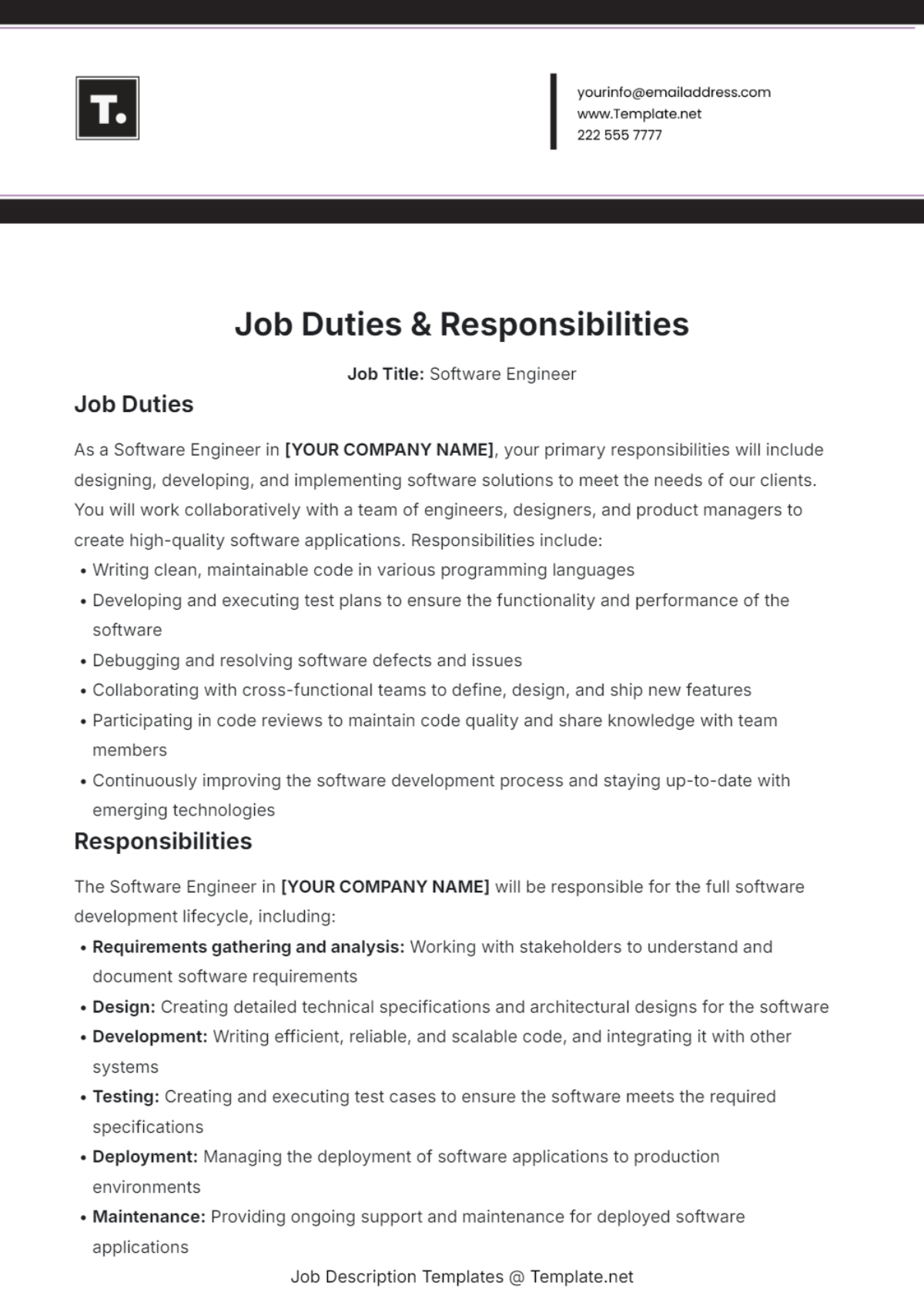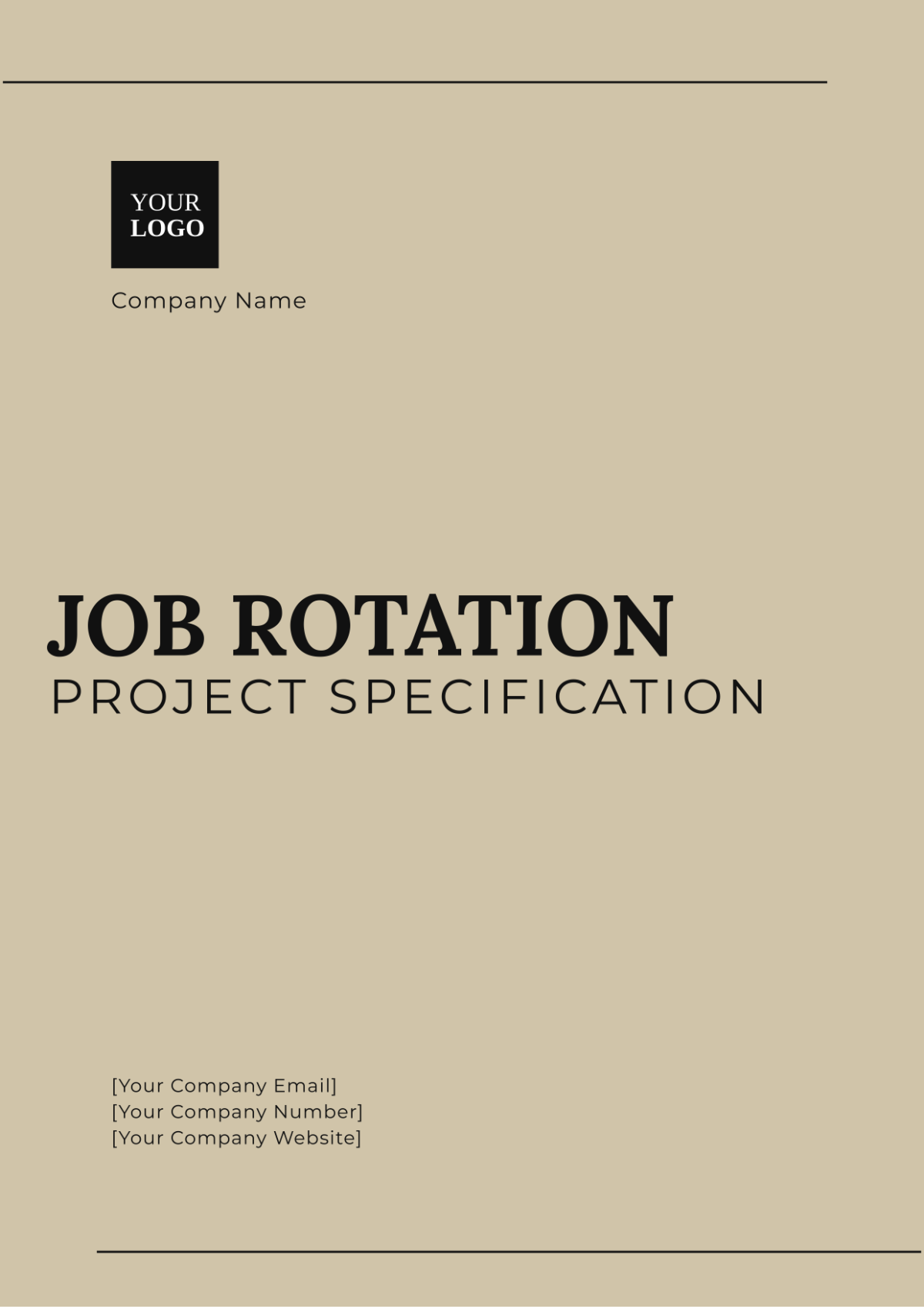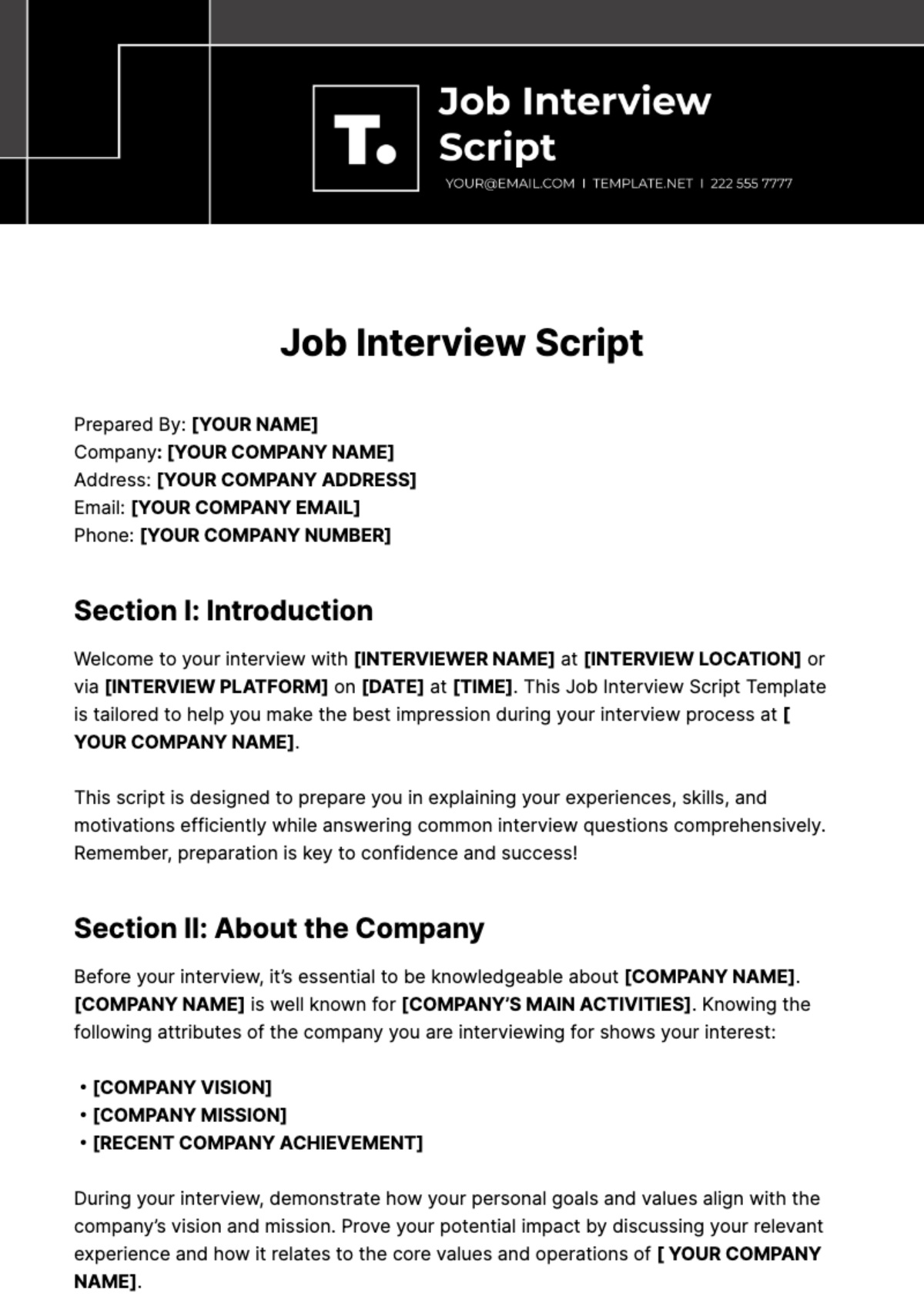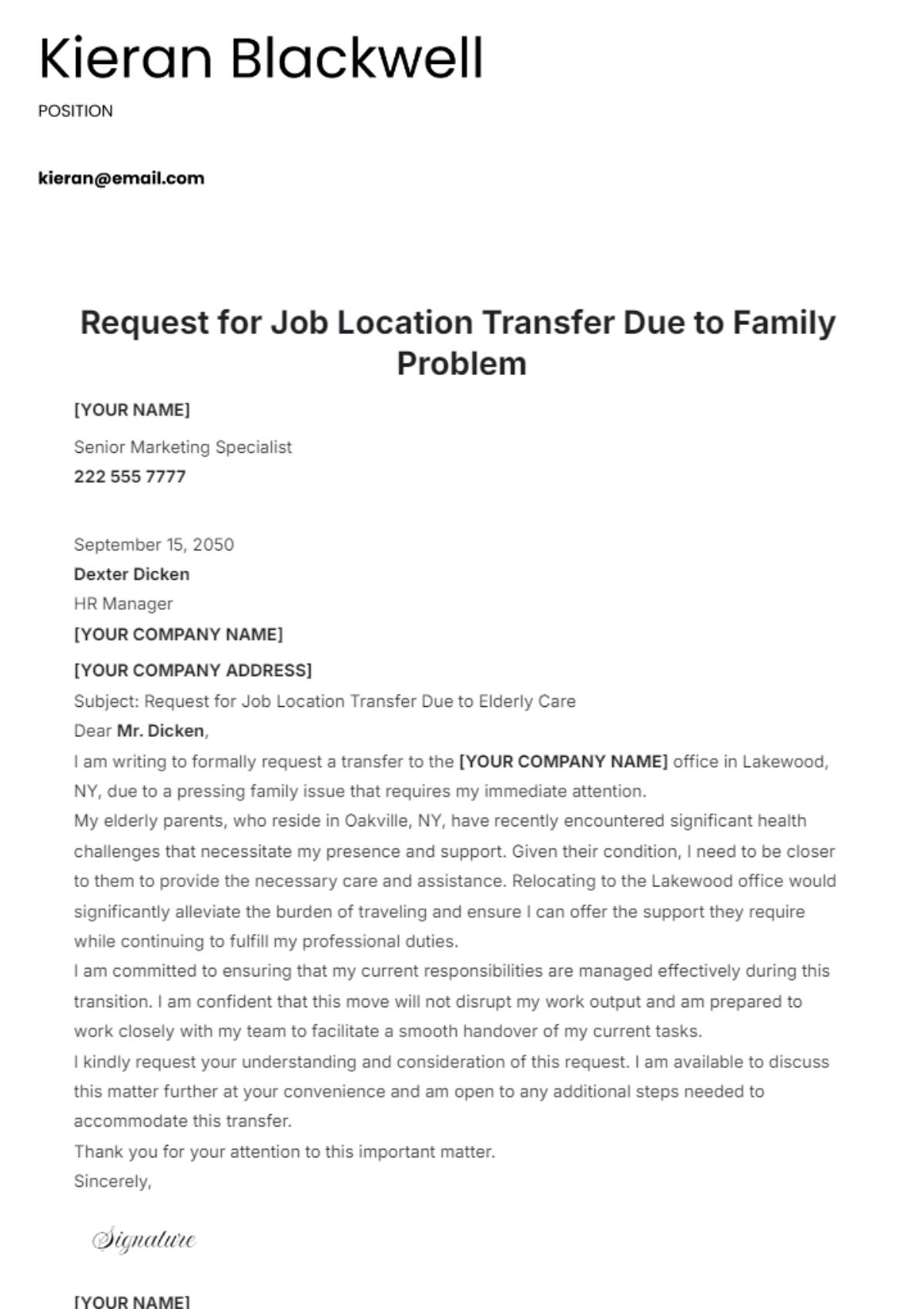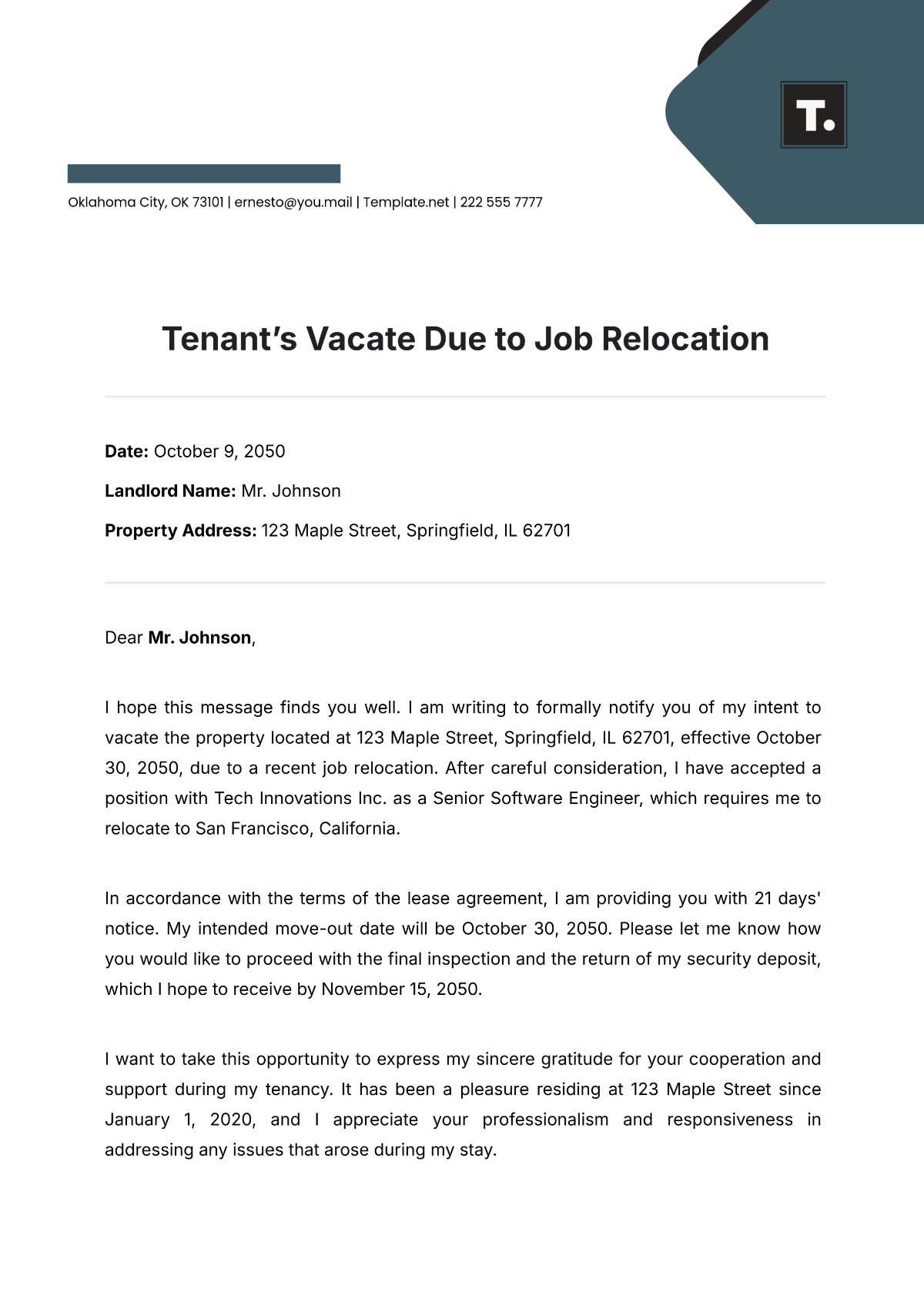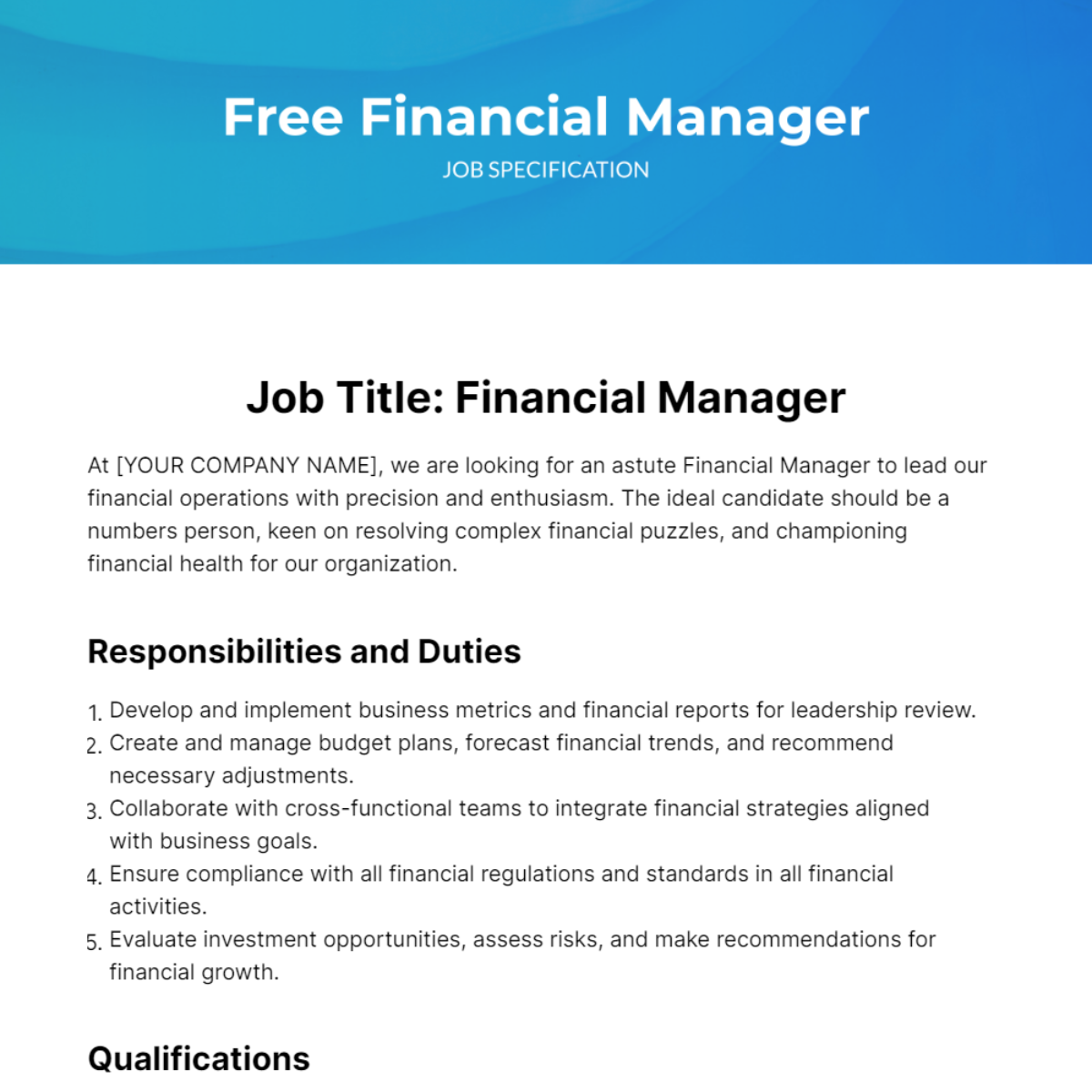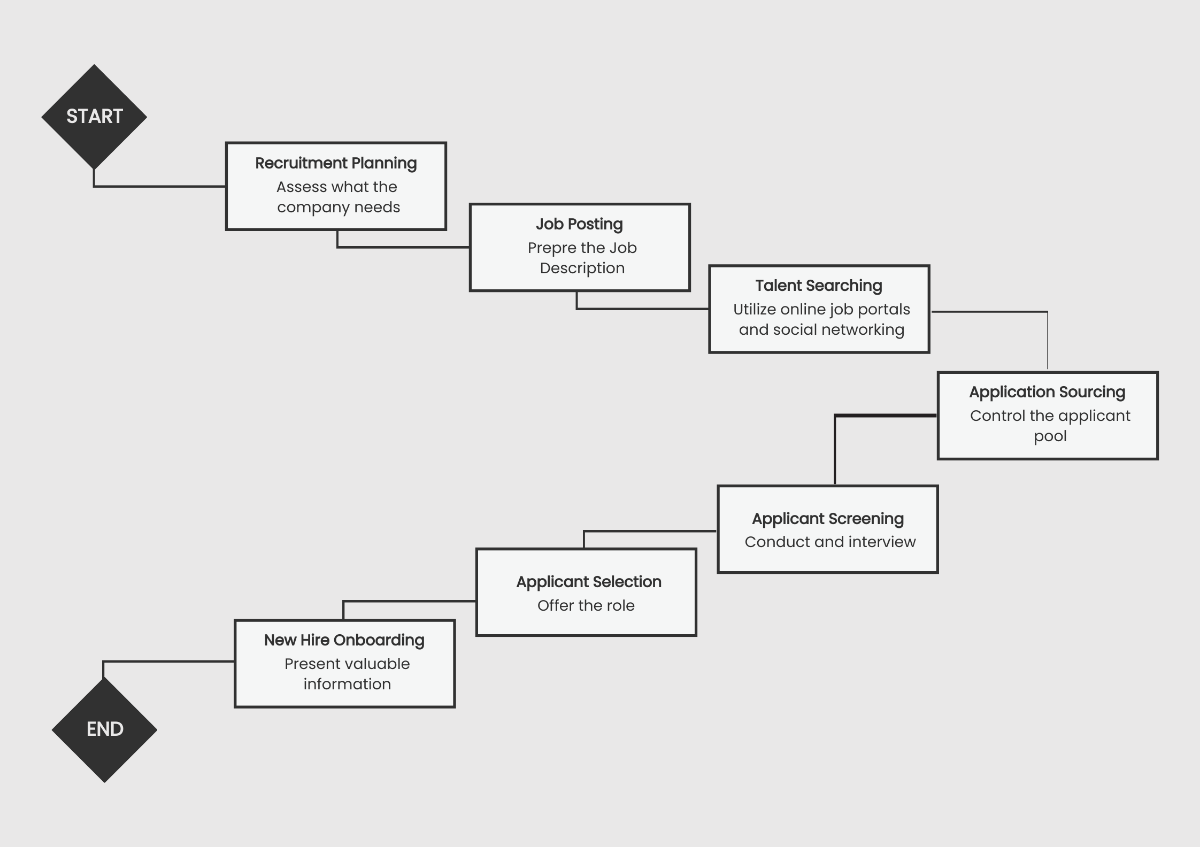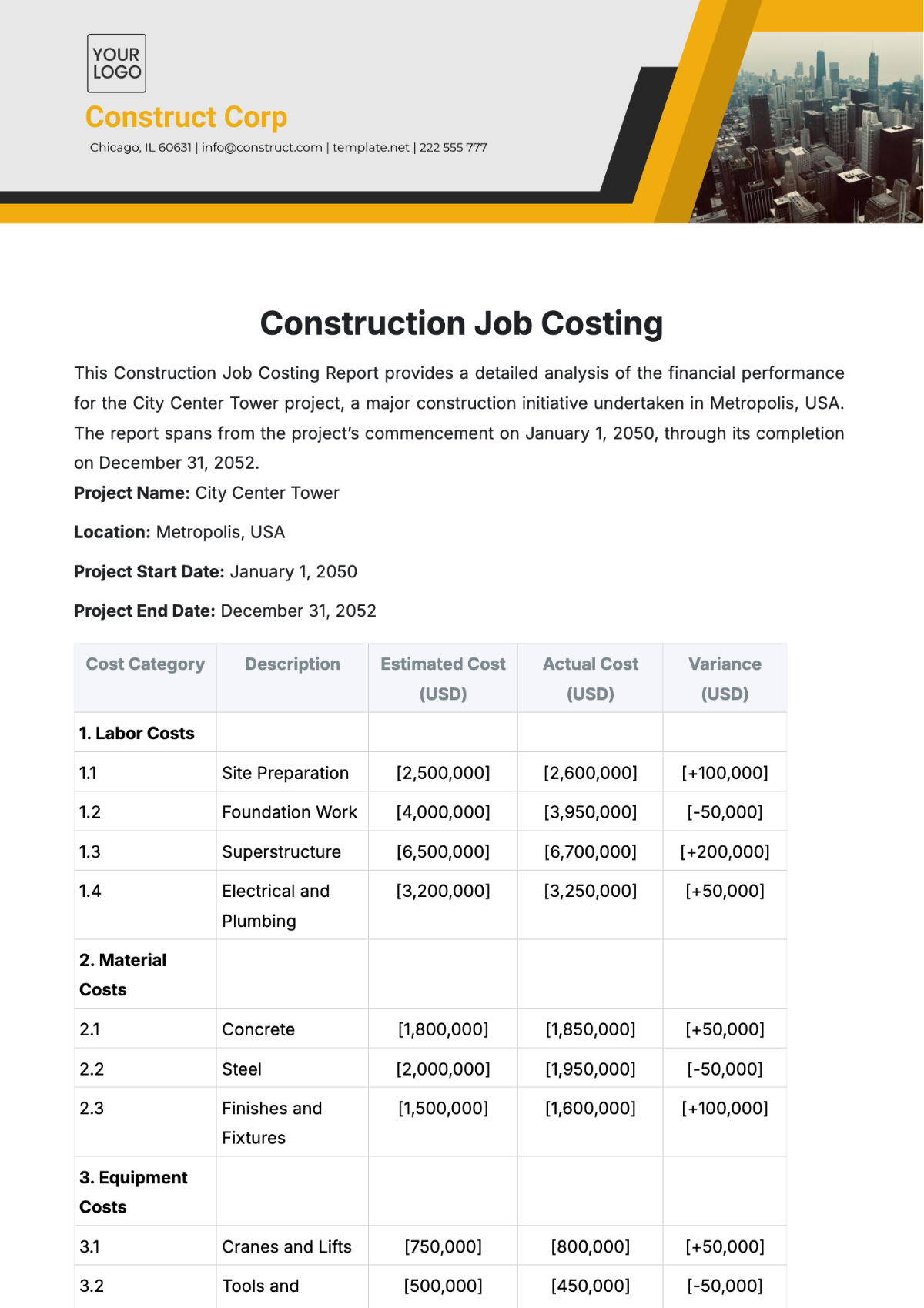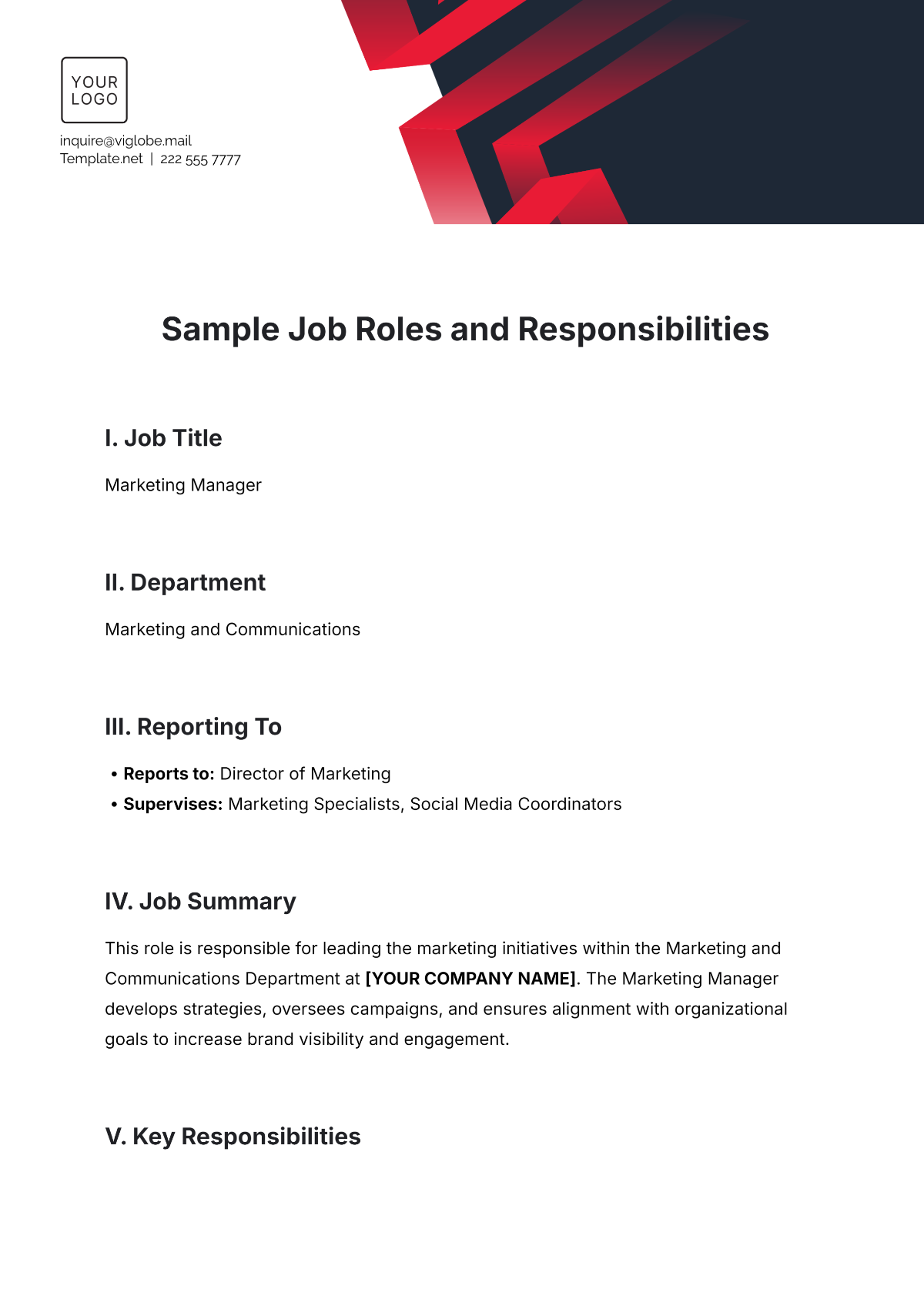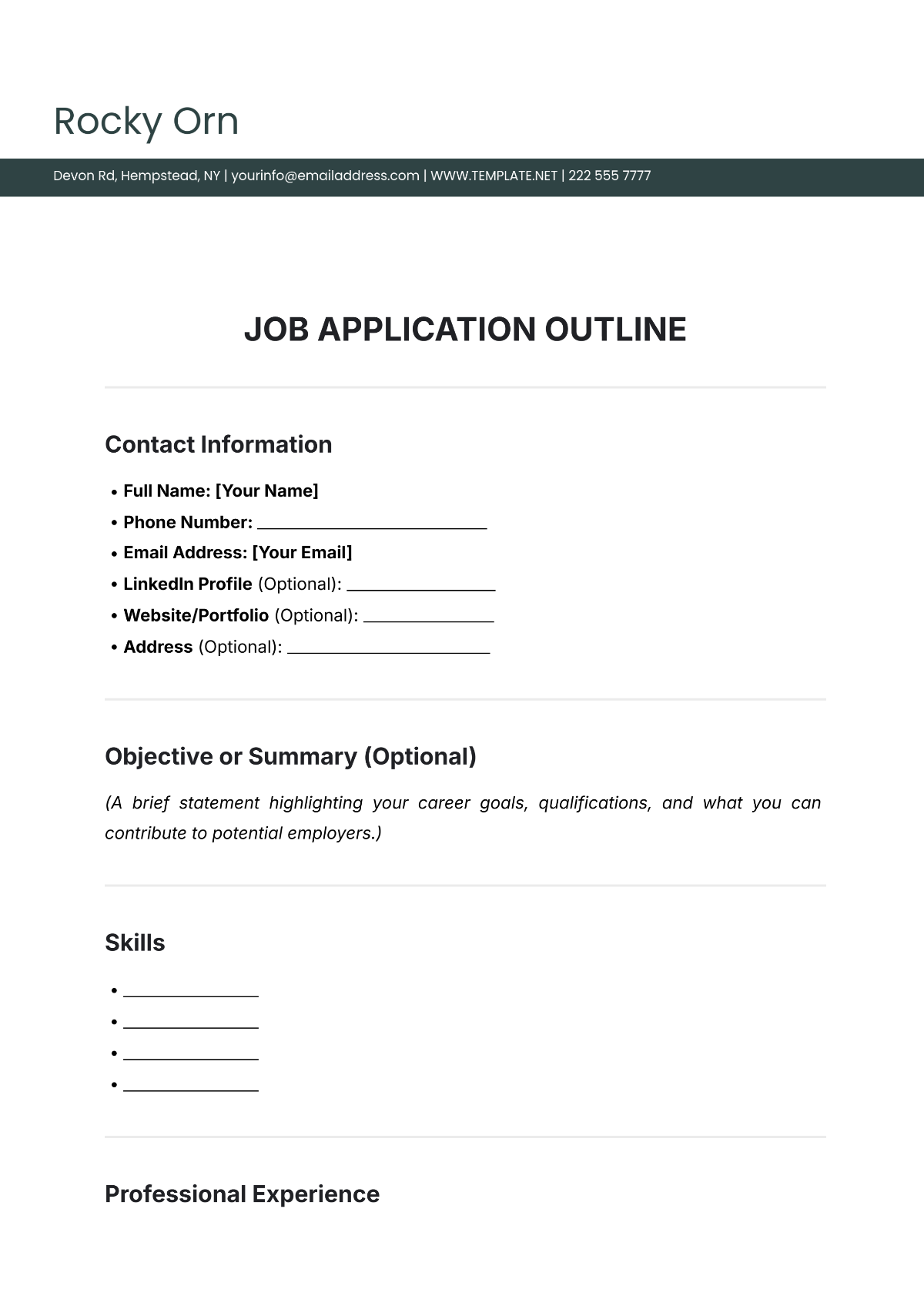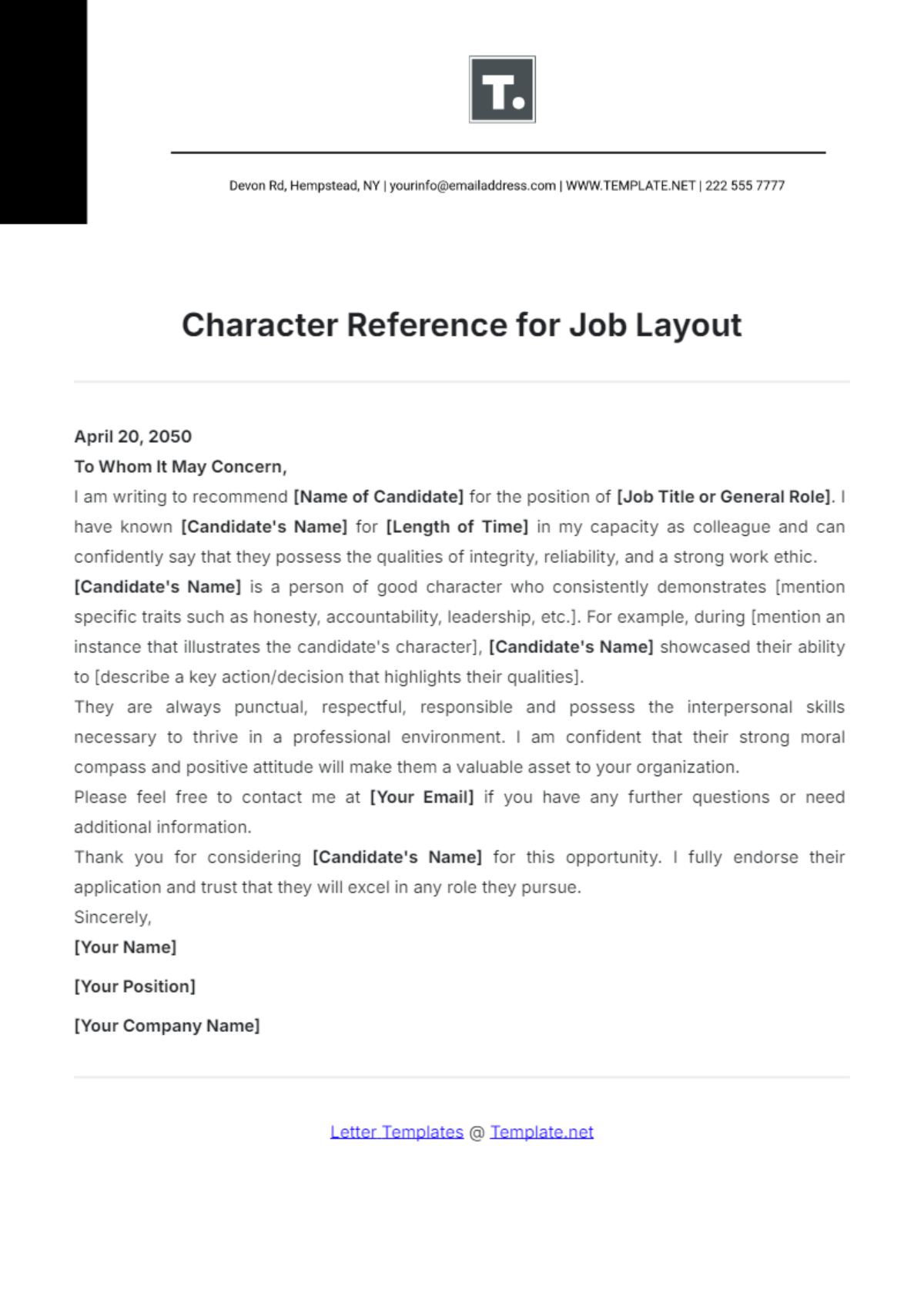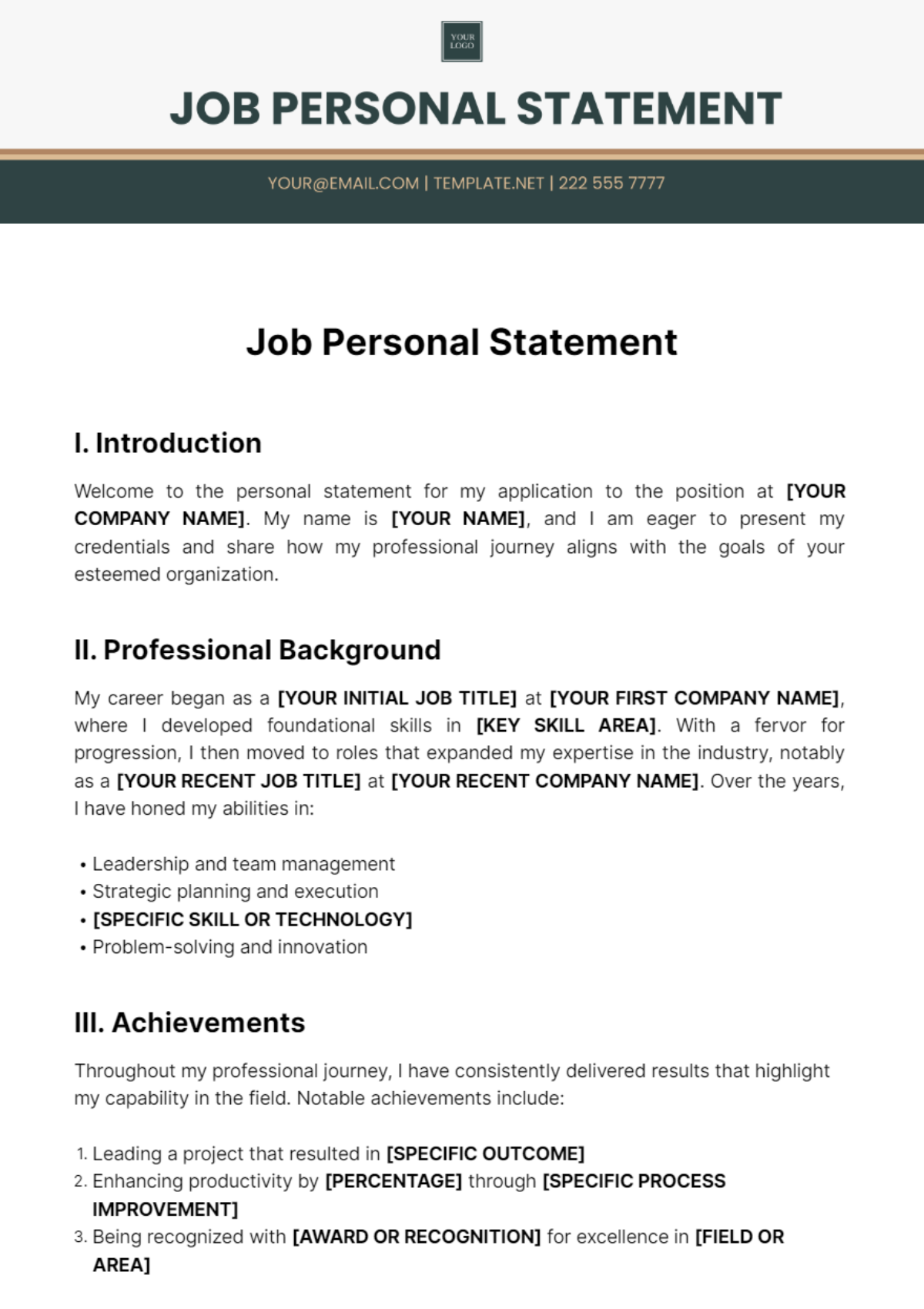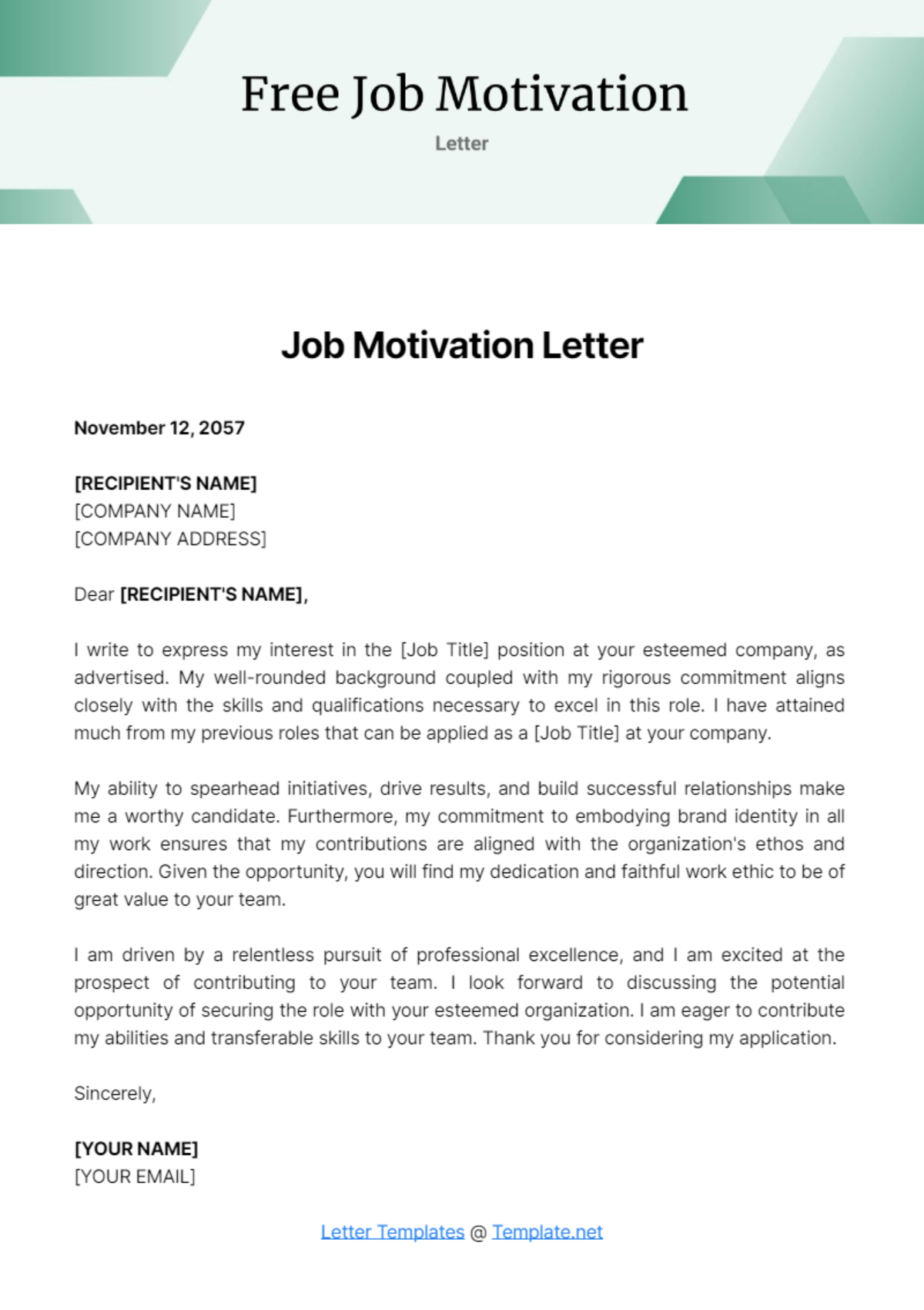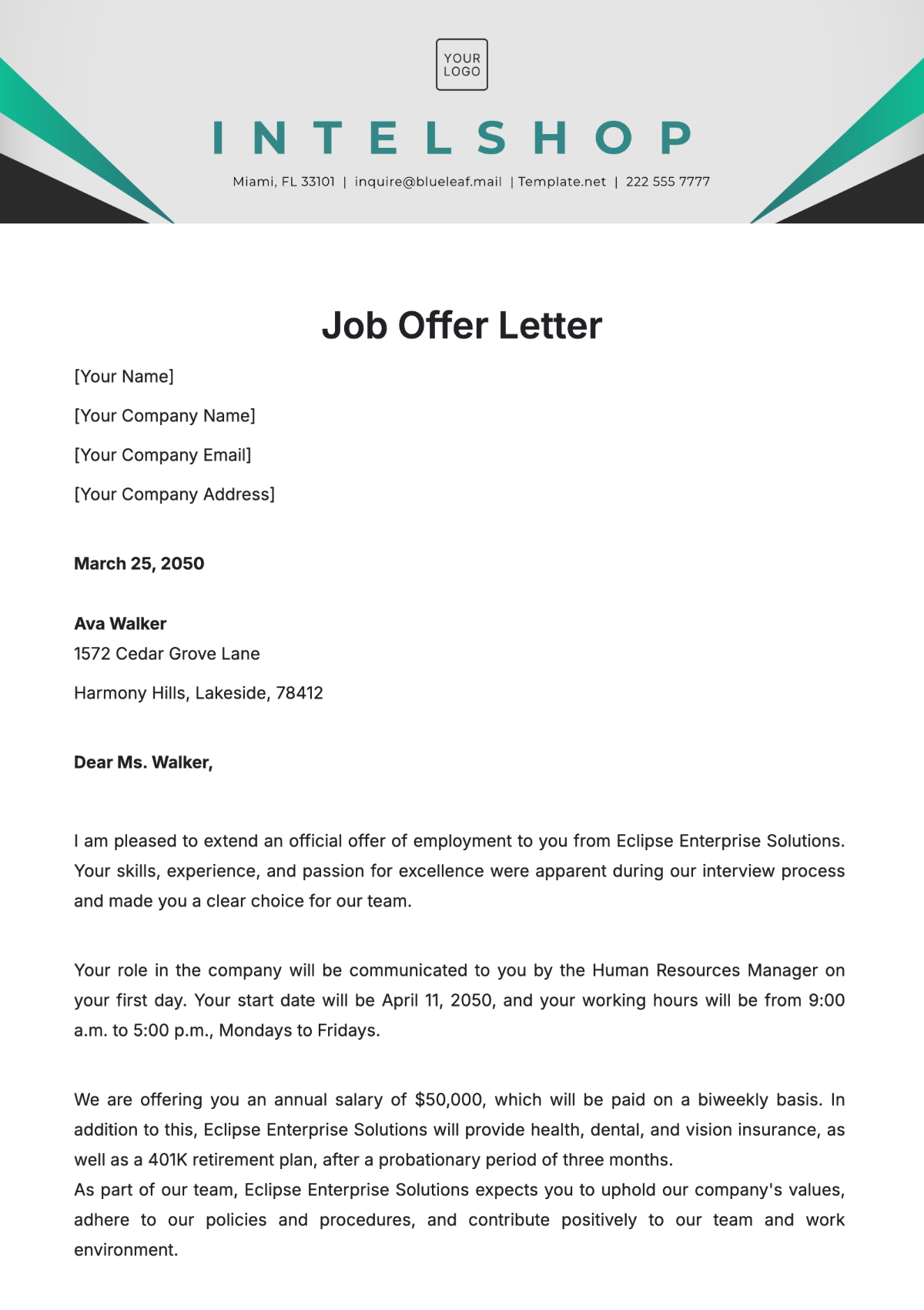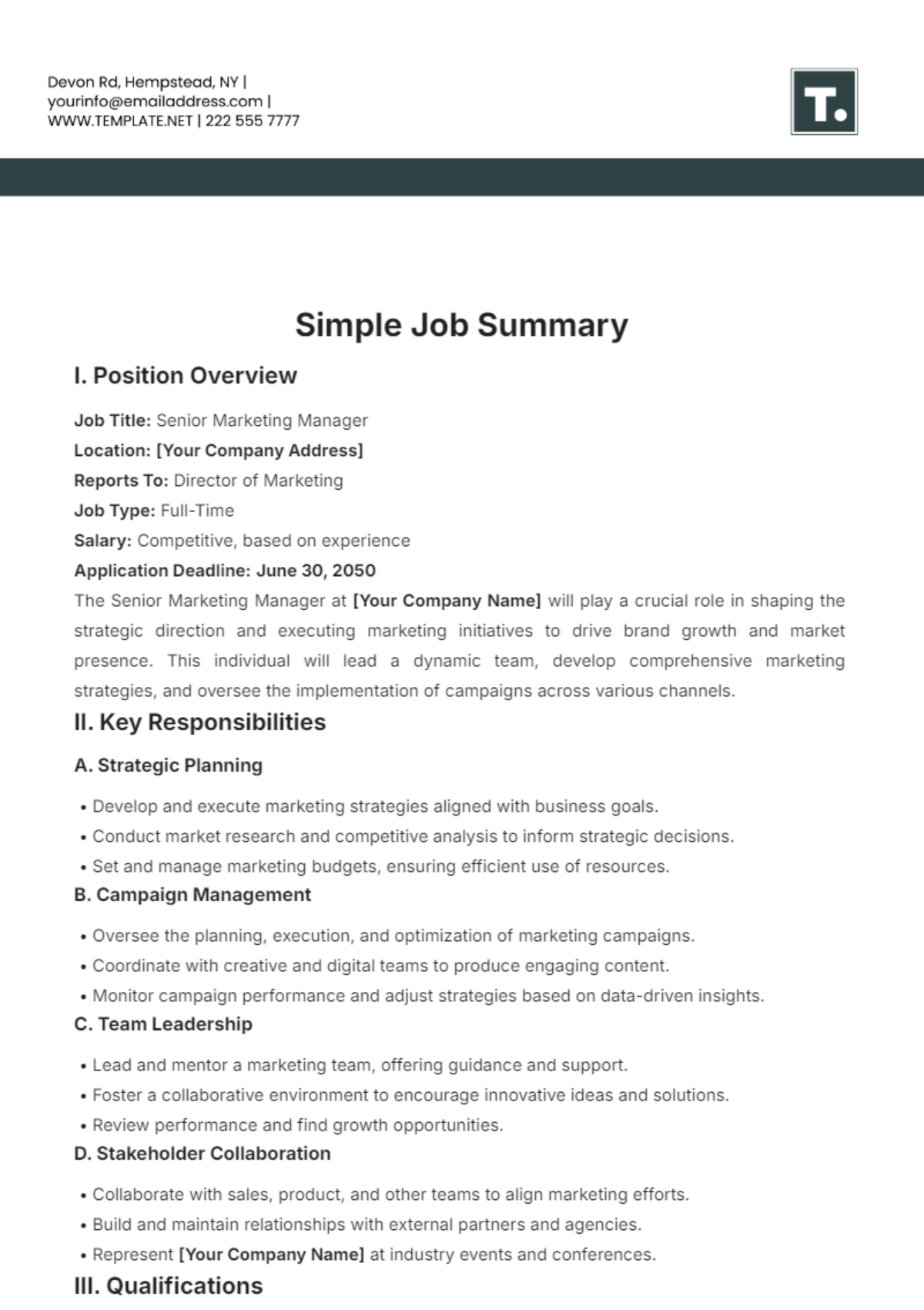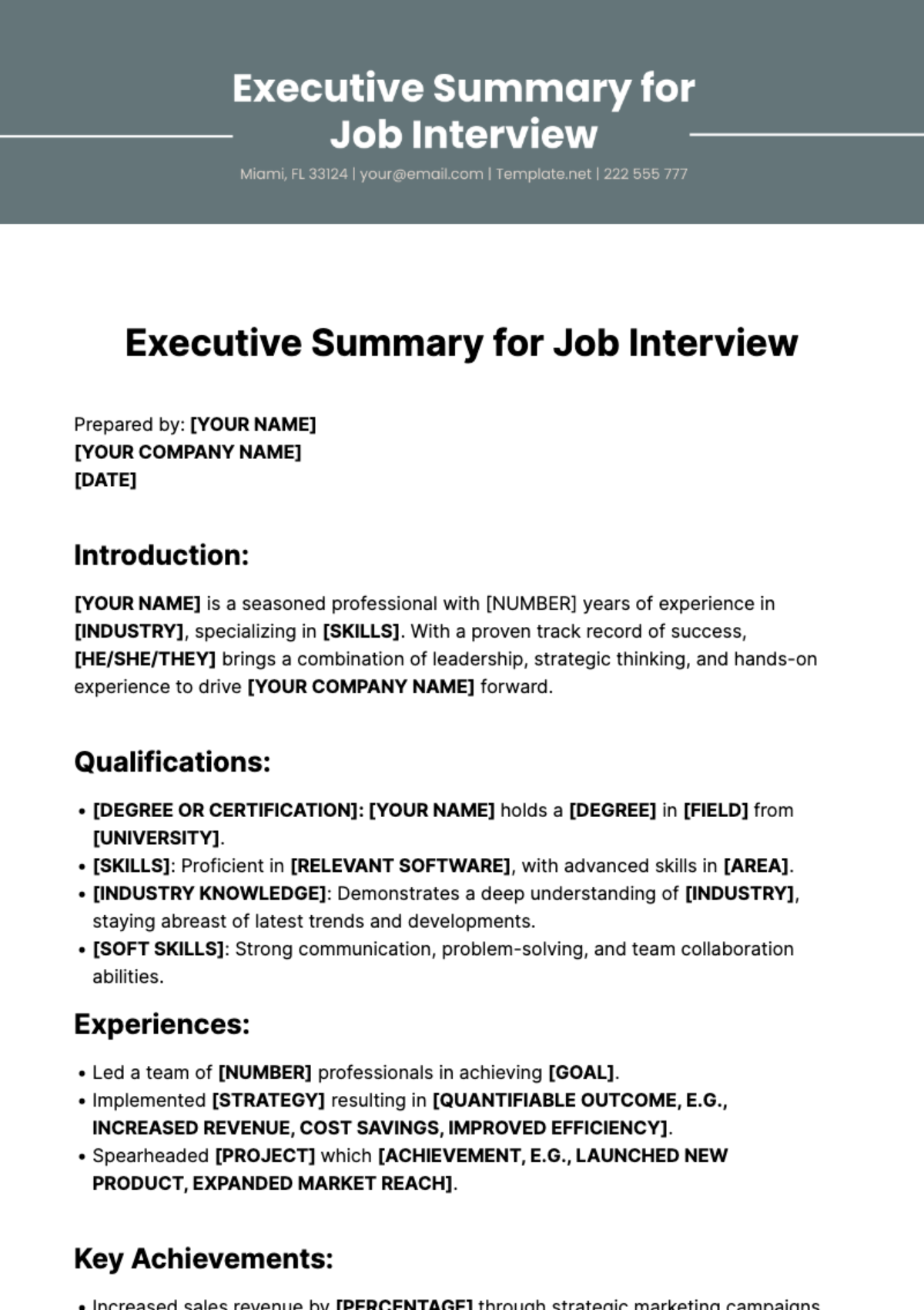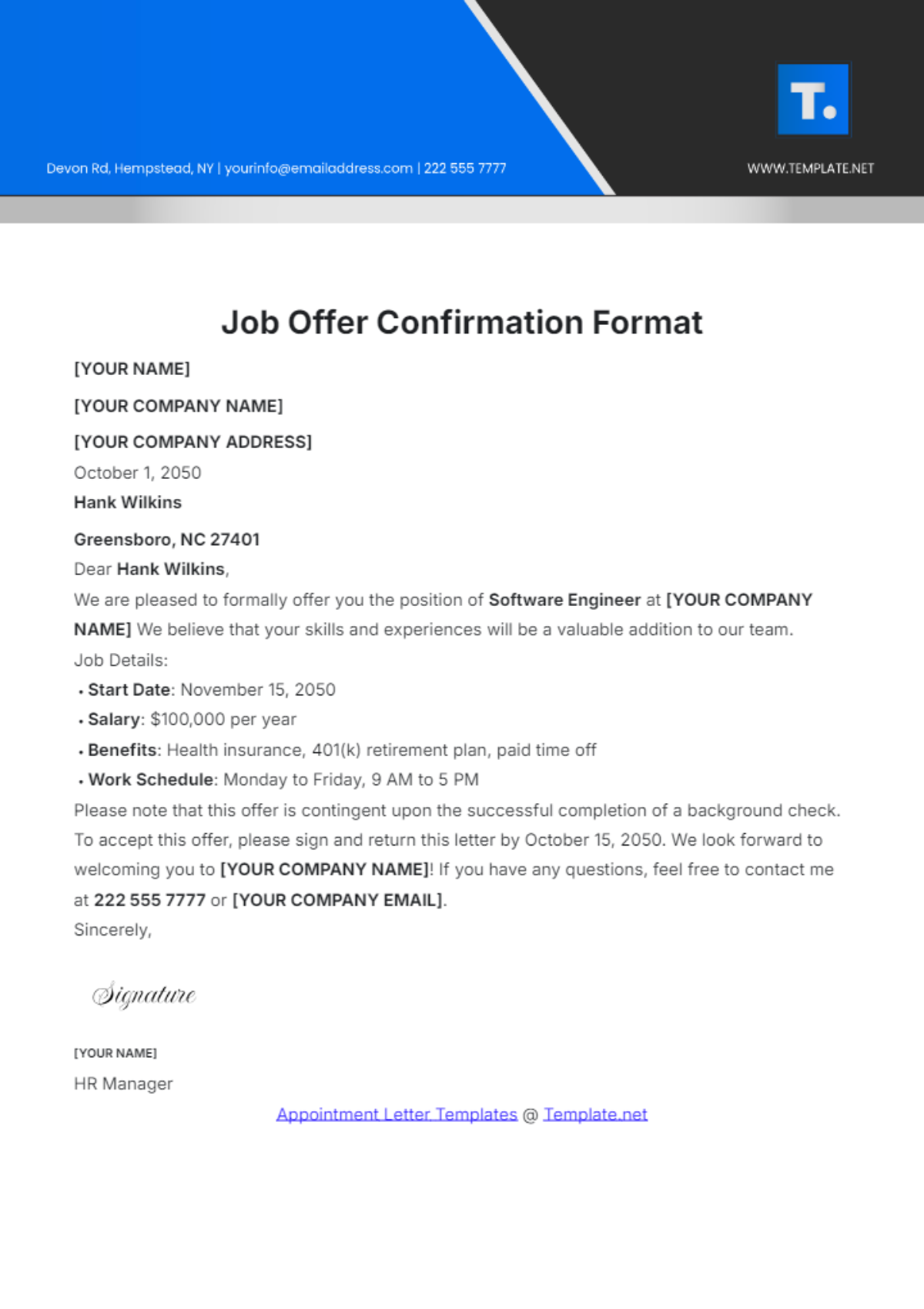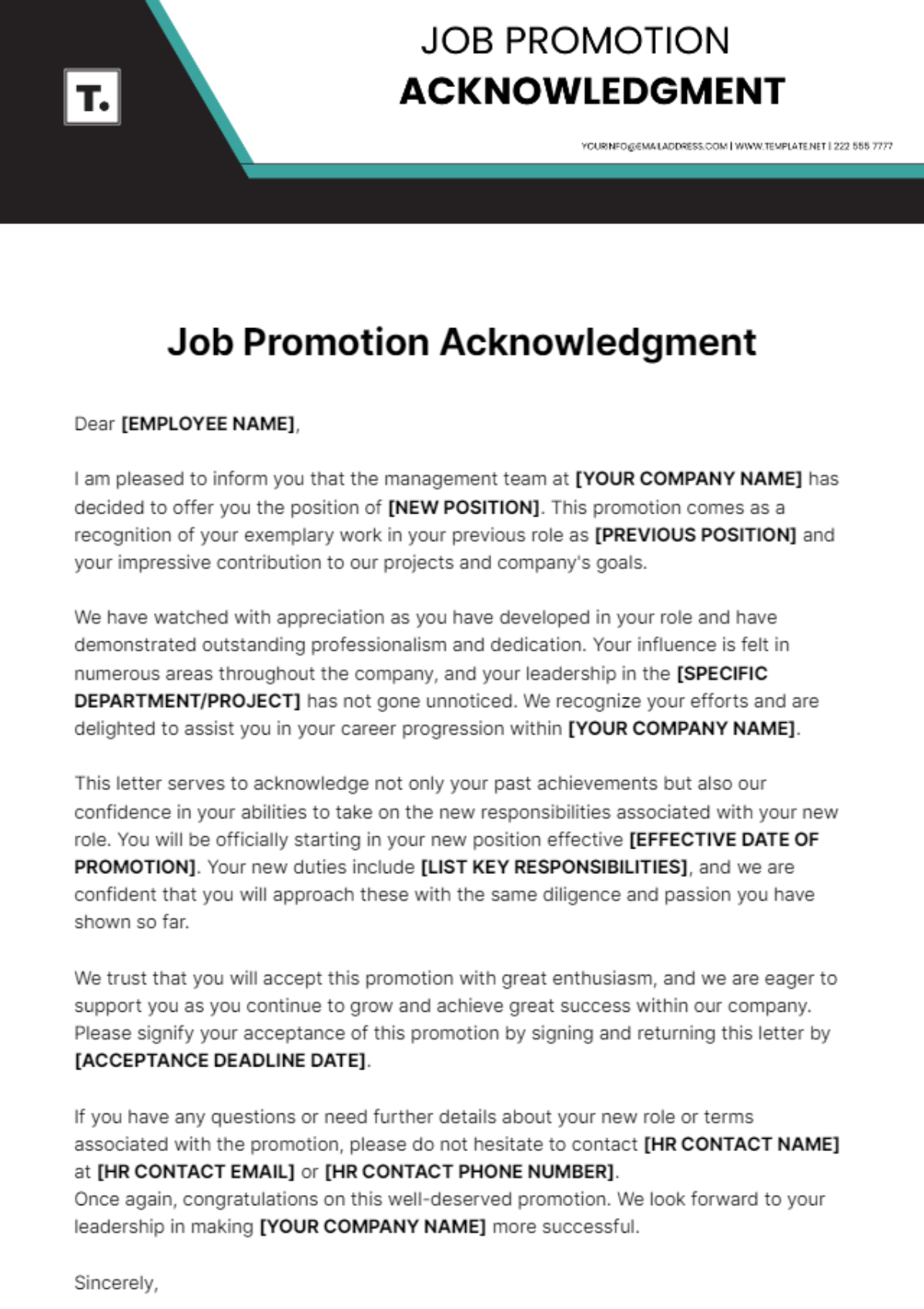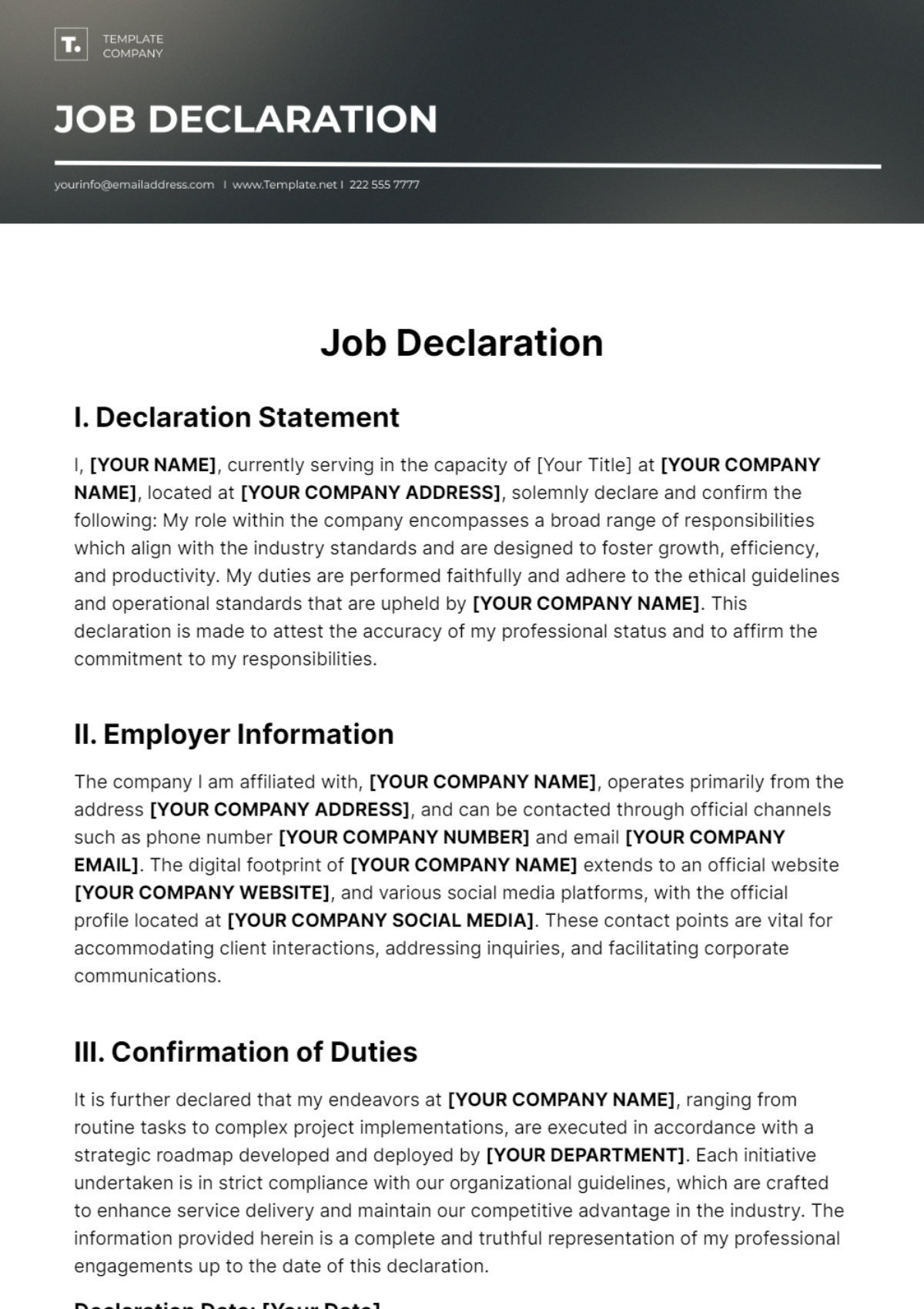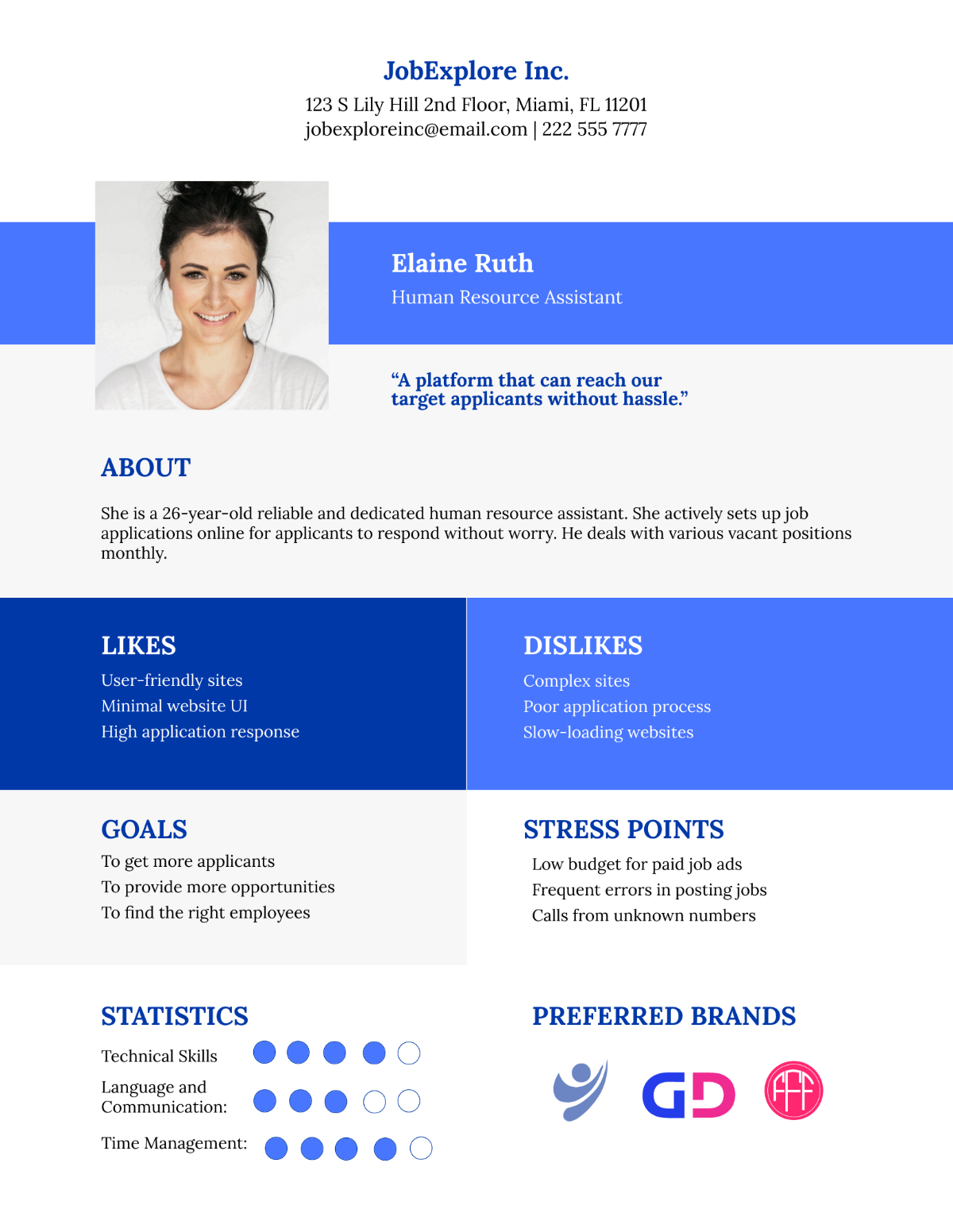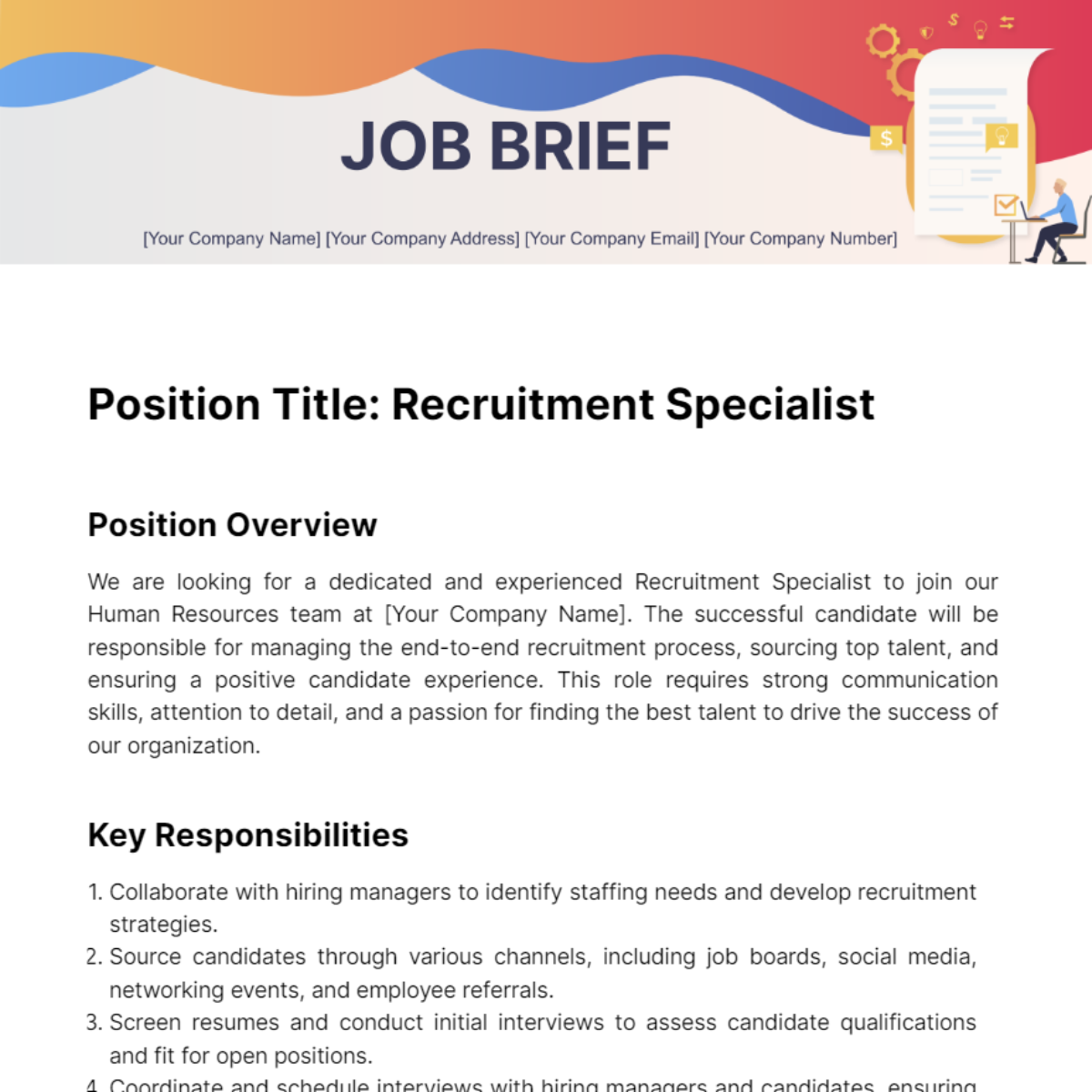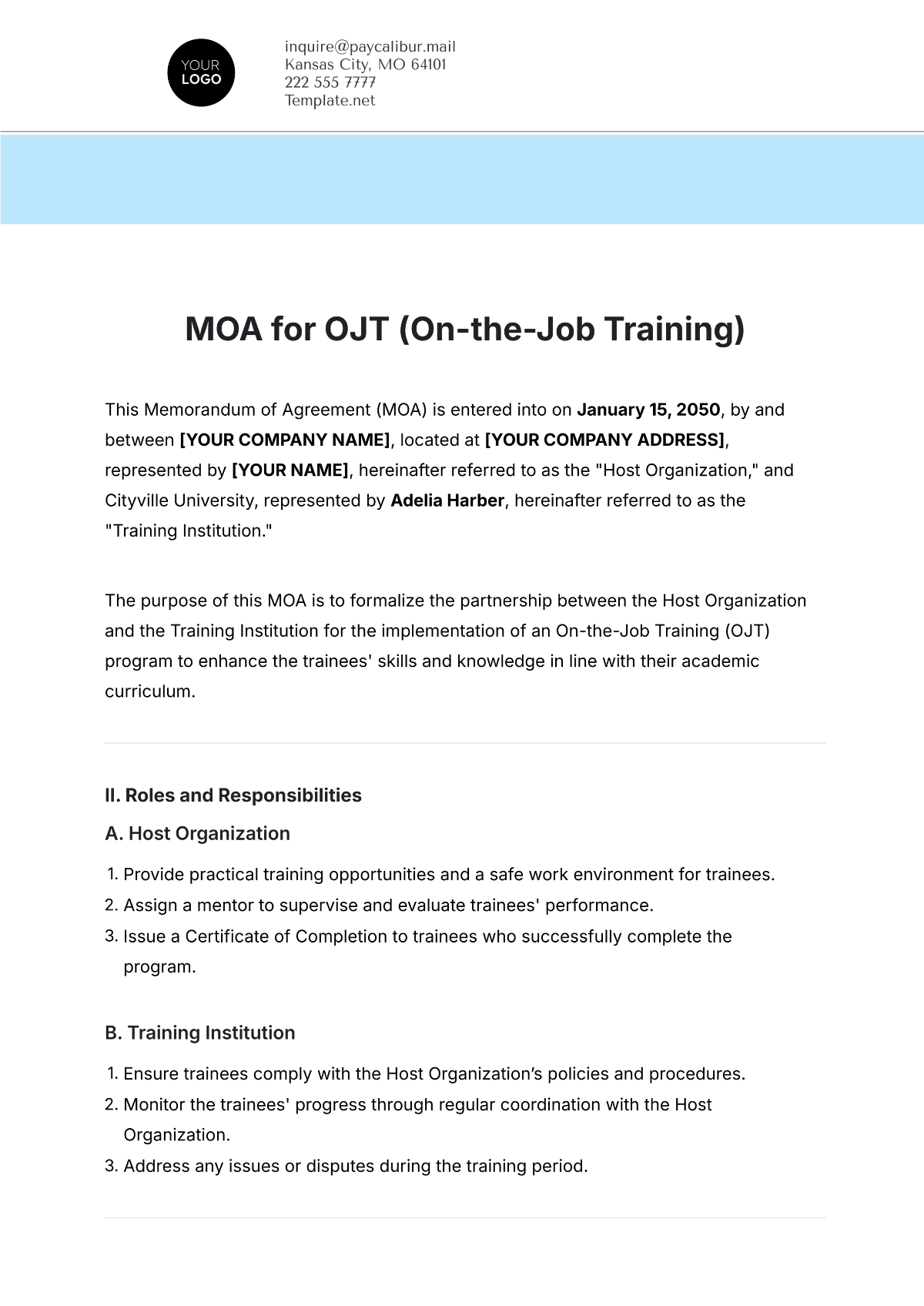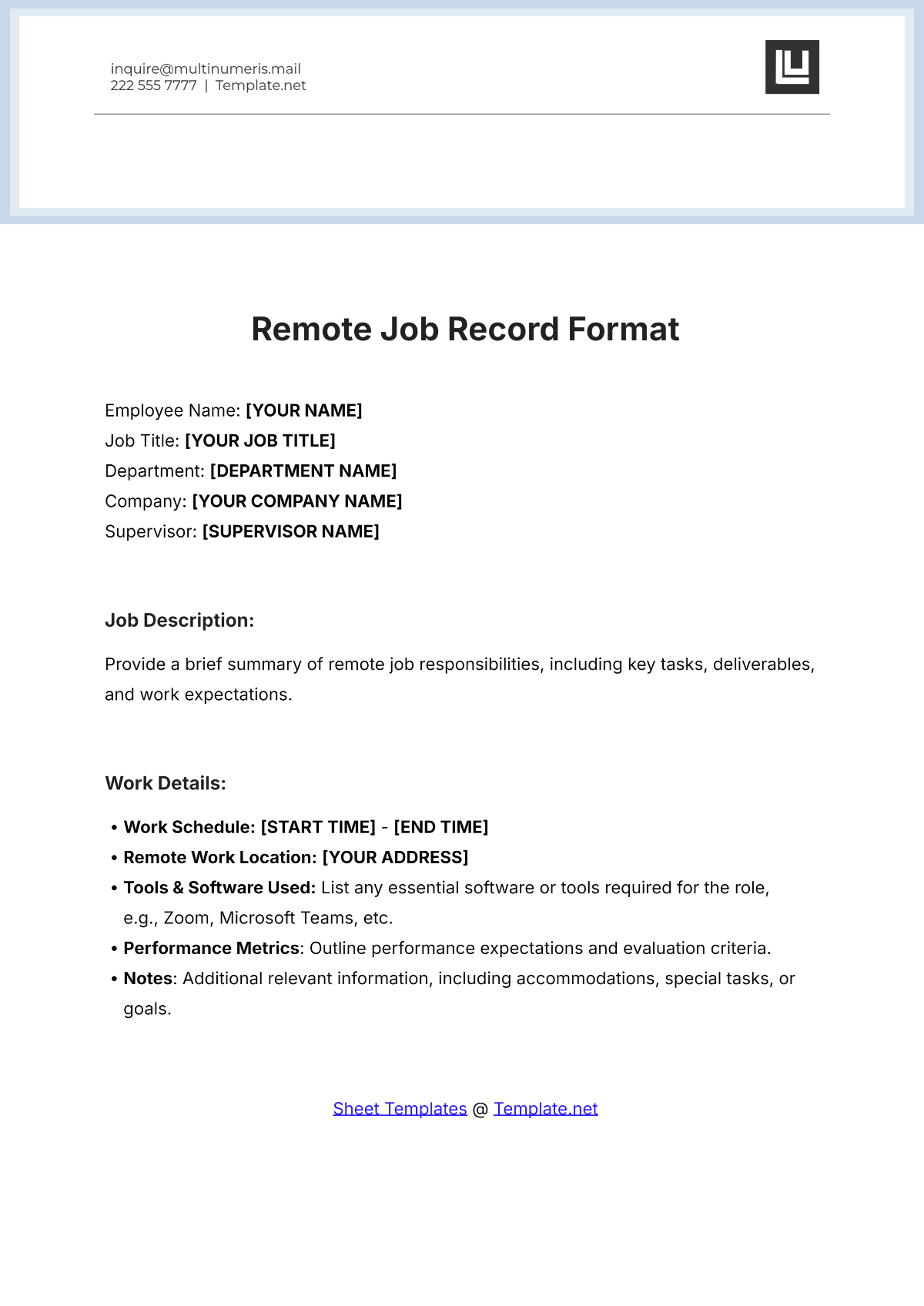Job Rotation Project Specification
Prepared by: [Your Name]
Date: [Date]
I. Introduction
The Job Rotation Project Specification aims to lay out a comprehensive plan for implementing a job rotation program within our organization. This document provides a detailed overview of the goals, processes, and structure of the program. It aims to rotate employees through various roles and departments to enhance their skill sets, improve job satisfaction, and promote organizational flexibility. By broadening employee experiences and competencies, the organization will be better equipped to respond to evolving business needs and opportunities.
II. Program Goals
The primary goals of the Job Rotation Program are as follows:
Skill Development: Rotating employees through different roles will help them acquire a diverse skill set, making them more versatile and valuable to the organization.
Job Satisfaction: Providing new challenges and learning opportunities will lead to increased employee engagement and satisfaction.
Organizational Flexibility: A workforce capable of performing multiple roles will increase the organization's adaptability and resilience.
Talent Management: Identifying potential leaders by evaluating employee performance in various roles and environments.
III. Structure and Process
A. Rotation Schedule
The rotation schedule will be designed to rotate employees every six months. This period provides ample time for employees to understand their roles while ensuring frequent enough rotation to keep the program dynamic.
B. Selection Criteria
The criteria for selecting employees for the rotation program include:
Performance Reviews: Evaluation of an employee's past job performance, highlighting strengths and areas for improvement, to ensure that those selected have demonstrated a high level of competence and reliability.
Skills Assessments: Tests or evaluations designed to measure an employee's specific skills and abilities relevant to various roles within the organization, ensuring they possess the necessary qualifications for rotation.
Manager Recommendations: Feedback from current managers regarding the employee's potential for growth, adaptability, and suitability for different roles, providing insights into their readiness for rotation.
Employee Willingness and Interest: Assessment of an employee's enthusiasm and willingness to participate in the rotation program, ensuring they are motivated and open to exploring new roles and responsibilities.
C. Training and Onboarding
Before beginning their new roles, employees will undergo structured training sessions to build a foundational understanding. Mentorship programs will also be established to ensure a smooth transition.
IV. Roles and Responsibilities
A. Program Coordinator
The Program Coordinator will be responsible for:
Overall management of the job rotation program: The Program Coordinator oversees the entire job rotation initiative, ensuring it runs smoothly and meets organizational goals. They handle the strategic planning and day-to-day operations of the program.
Creating schedules: The Program Coordinator develops and maintains rotation schedules, ensuring that employees are assigned to new roles in a timely and efficient manner, while avoiding disruptions to ongoing projects.
Matching employees to new roles: They assess employees' skills, career goals, and performance to appropriately match them with rotation opportunities that align with their development needs and the organization’s requirements.
Handling communications: The Program Coordinator manages all communications related to the job rotation program, including updates to employees, feedback collection, and coordination with department heads to facilitate seamless transitions.
B. Department Managers
Department Managers will:
Evaluate and provide feedback on rotating employees: Department Managers will assess the performance and integration of employees rotating into their departments, offering constructive feedback to support their development and effectiveness.
Facilitate onboarding and training in their departments: They will oversee the onboarding process and provide necessary training to ensure that rotating employees quickly adapt to their new roles and responsibilities.
Work with the Program Coordinator to ensure smooth transitions: Department Managers will collaborate with the Program Coordinator to manage employee transitions between departments, ensuring that the rotation process is seamless and well-coordinated.
C. Mentors
Mentors will act as guides and resources for rotating employees, assisting them with role-specific challenges and providing support throughout their rotation period.
V. Evaluation and Metrics
The success of the Job Rotation Program will be evaluated using the following metrics:
Employee Feedback: Surveys and interviews will collect employees' opinions on their job satisfaction and the learning outcomes from their rotation experience. This feedback will help gauge the program’s effectiveness in enhancing their career development and engagement.
Performance Metrics: Key Performance Indicators (KPIs) will measure employees' productivity and effectiveness in their new roles, including task completion and goal achievement. These metrics will provide insight into how well employees adapt and perform in different positions.
Program Participation: This metric tracks the number of employees who participate and the diversity of roles they experience. It helps assess the program's reach and inclusivity, ensuring a broad range of employees benefit from varied work experiences.
Quality of Work: Manager and peer reviews will evaluate the quality of work produced by employees in their new roles, focusing on factors like accuracy and efficiency. High-quality work reflects successful adaptation and effective skill application.
VI. Communication Plan
A comprehensive communication plan is essential for the successful implementation of the Job Rotation Program. The plan includes:
A. Initial Announcement
A company-wide email will be sent to introduce the Job Rotation Program, outlining its goals, benefits, and application process. This initial communication will ensure all employees are informed about the program’s purpose and how they can participate.
B. Regular Updates
Monthly newsletters and department meetings will provide ongoing updates about the program’s progress and share success stories. These updates will keep employees informed, maintain engagement, and highlight the positive outcomes of the rotation program.
C. Feedback Channels
Dedicated feedback channels will be established to collect employees' continuous feedback and suggestions on the program. This approach will enable the organization to address concerns and make improvements based on employee input.
VII. Timeline
Milestone | Date |
|---|---|
Program Launch | January 1, 2050 |
First Rotation Period | January 1, 2050 - June 30, 2050 |
Mid-Year Review | July 15, 2050 |
Second Rotation Period | July 1, 2050 - December 31, 2050 |
By adhering to this timeline, the organization ensures a structured and efficient implementation of the Job Rotation Program, benefiting both employees and the organization as a whole.


